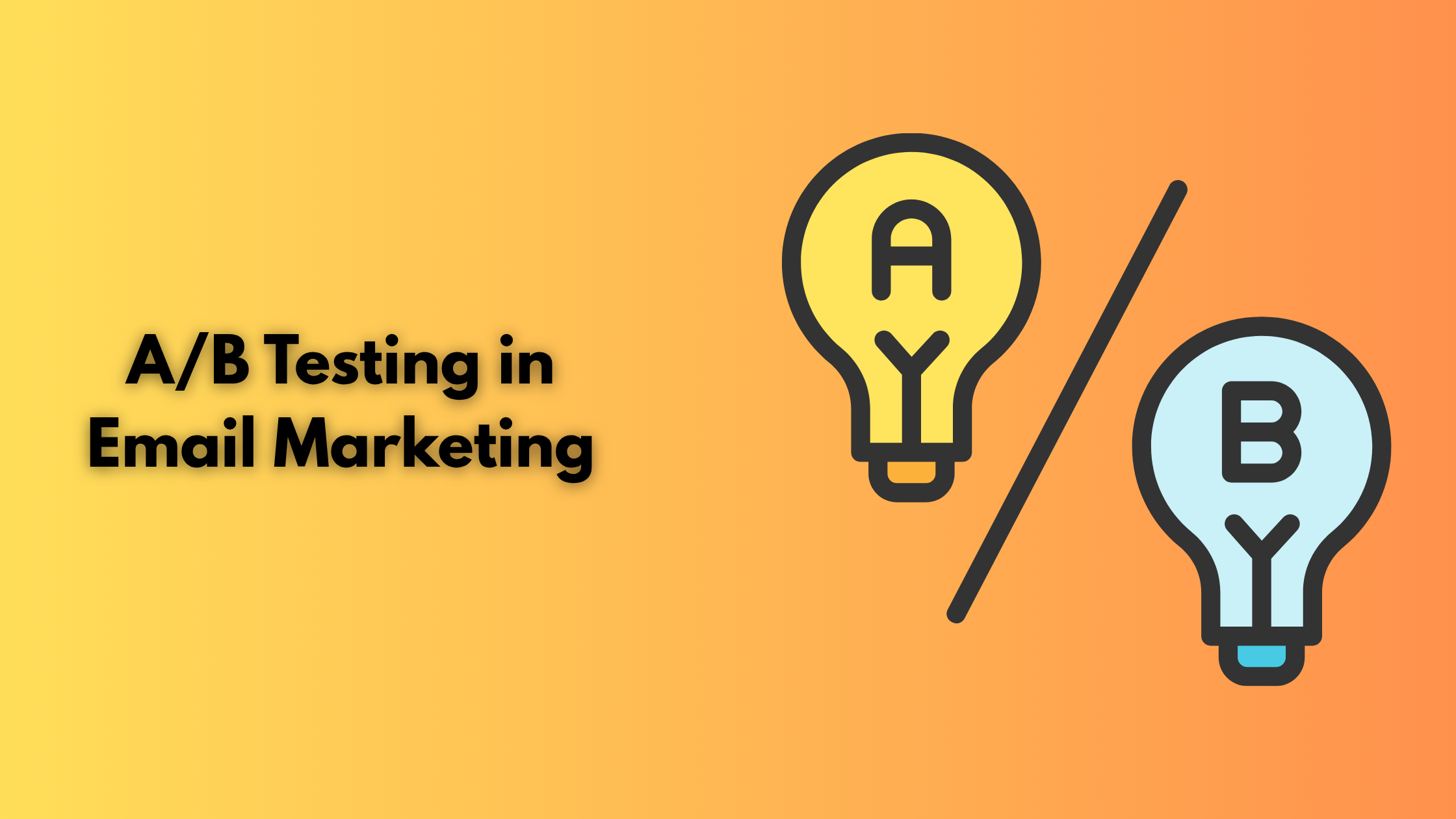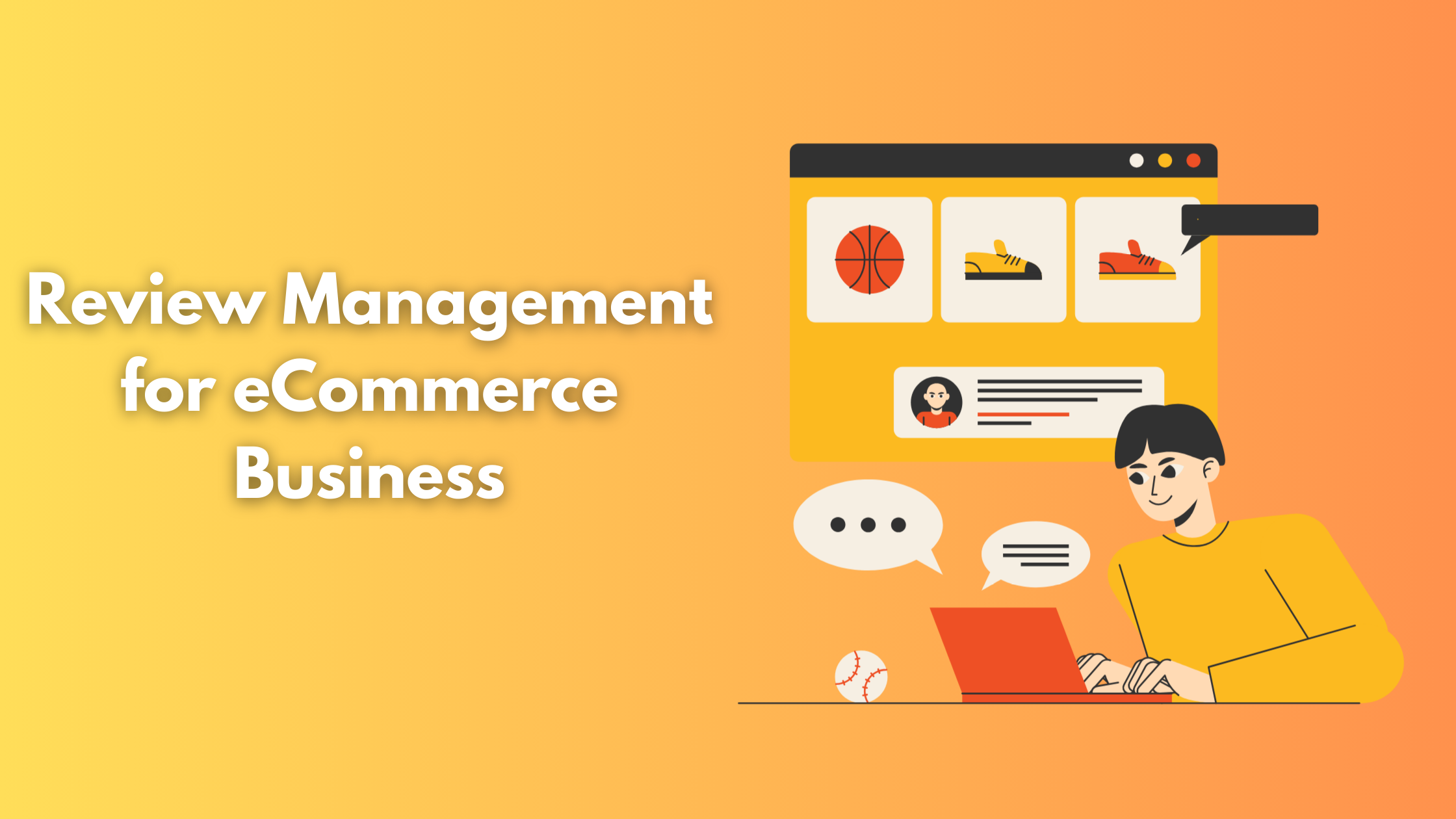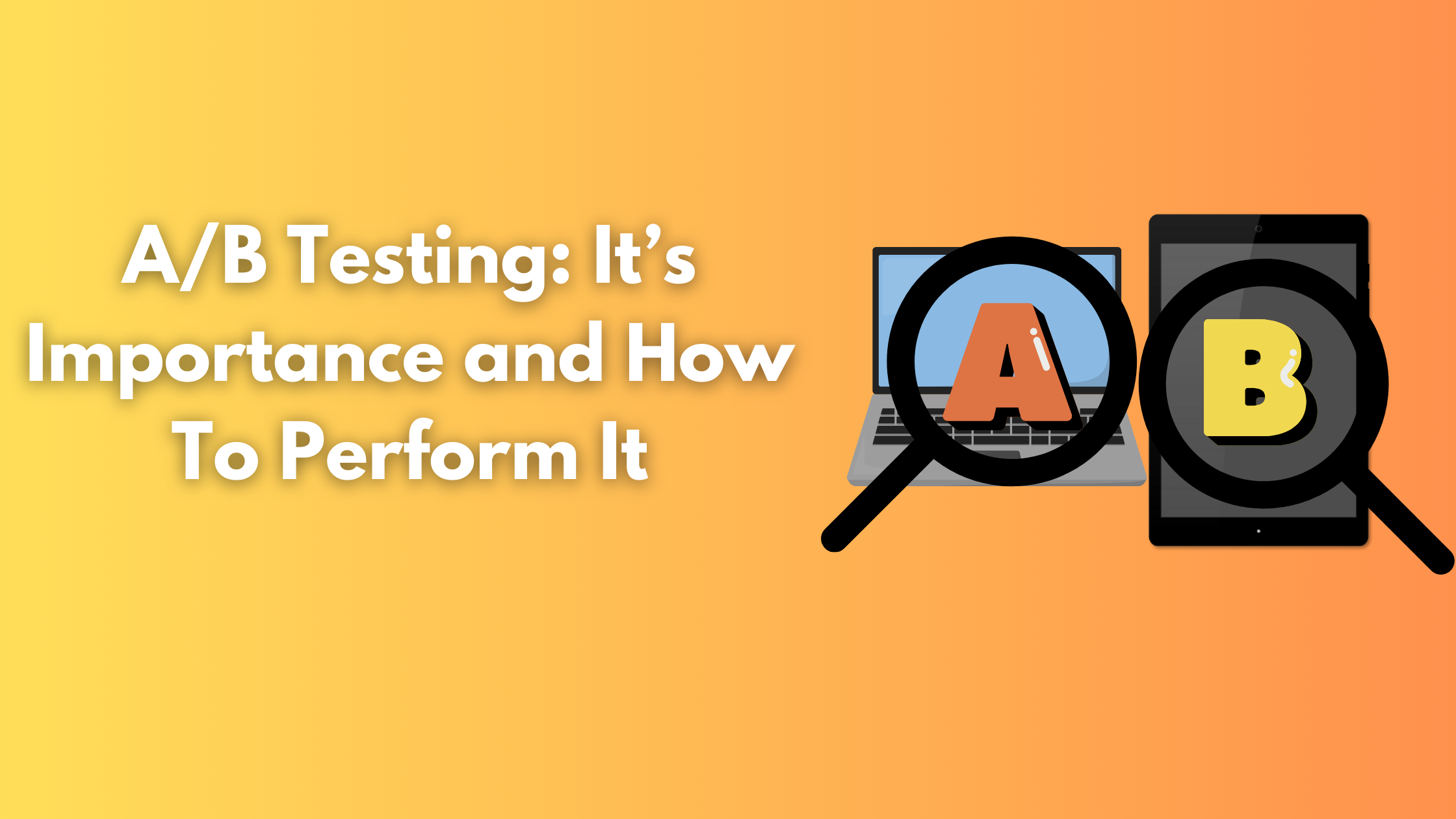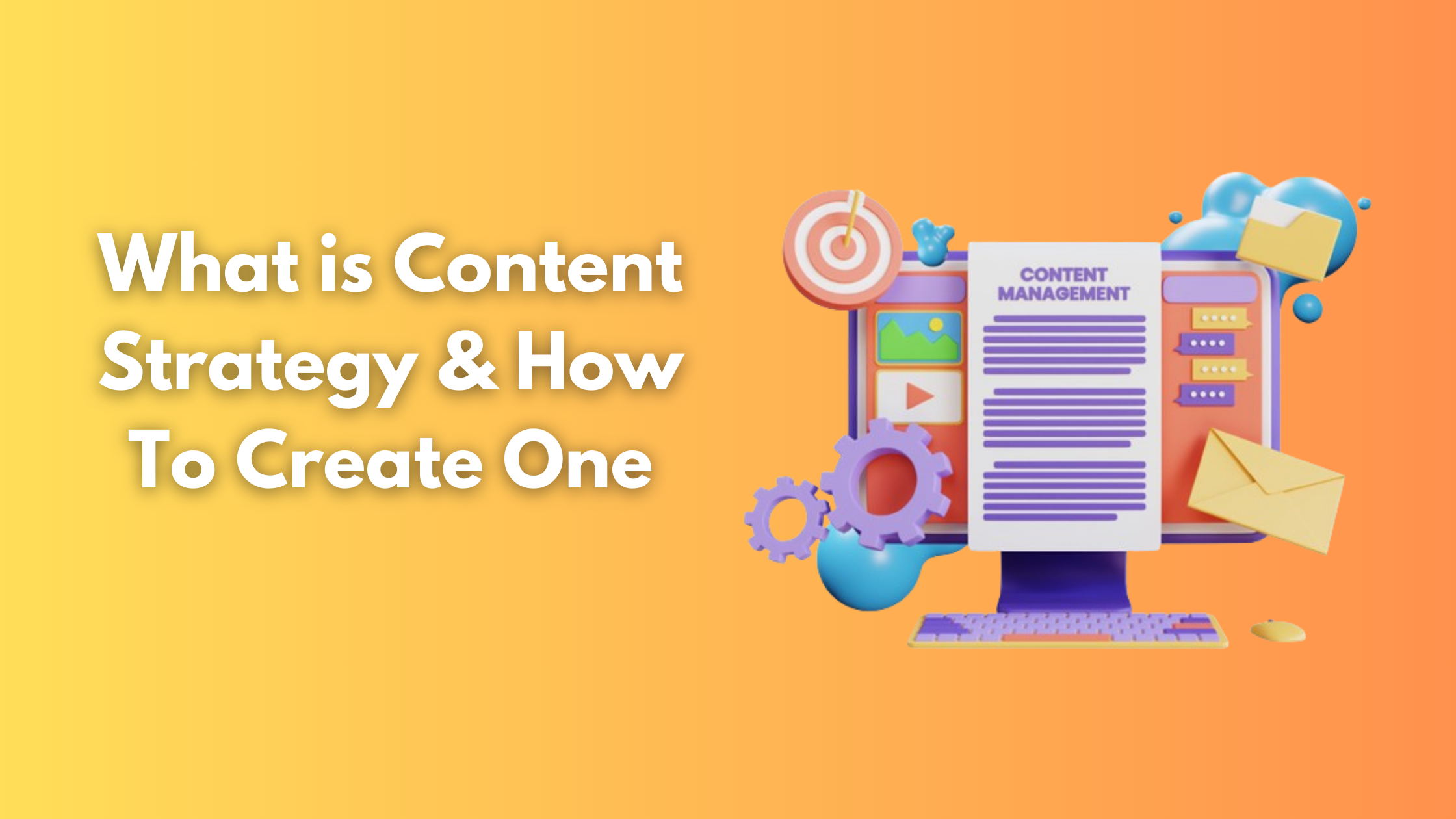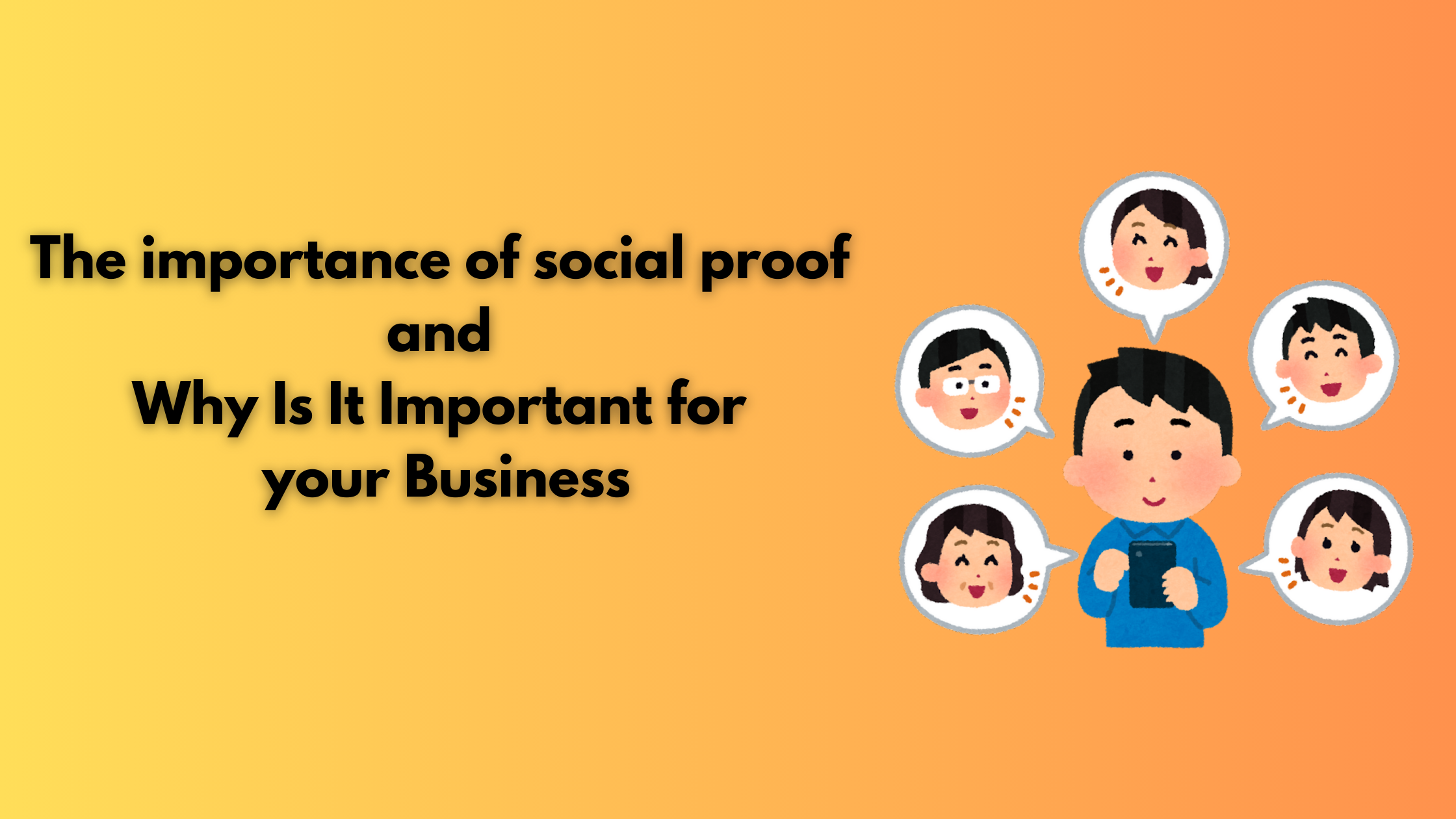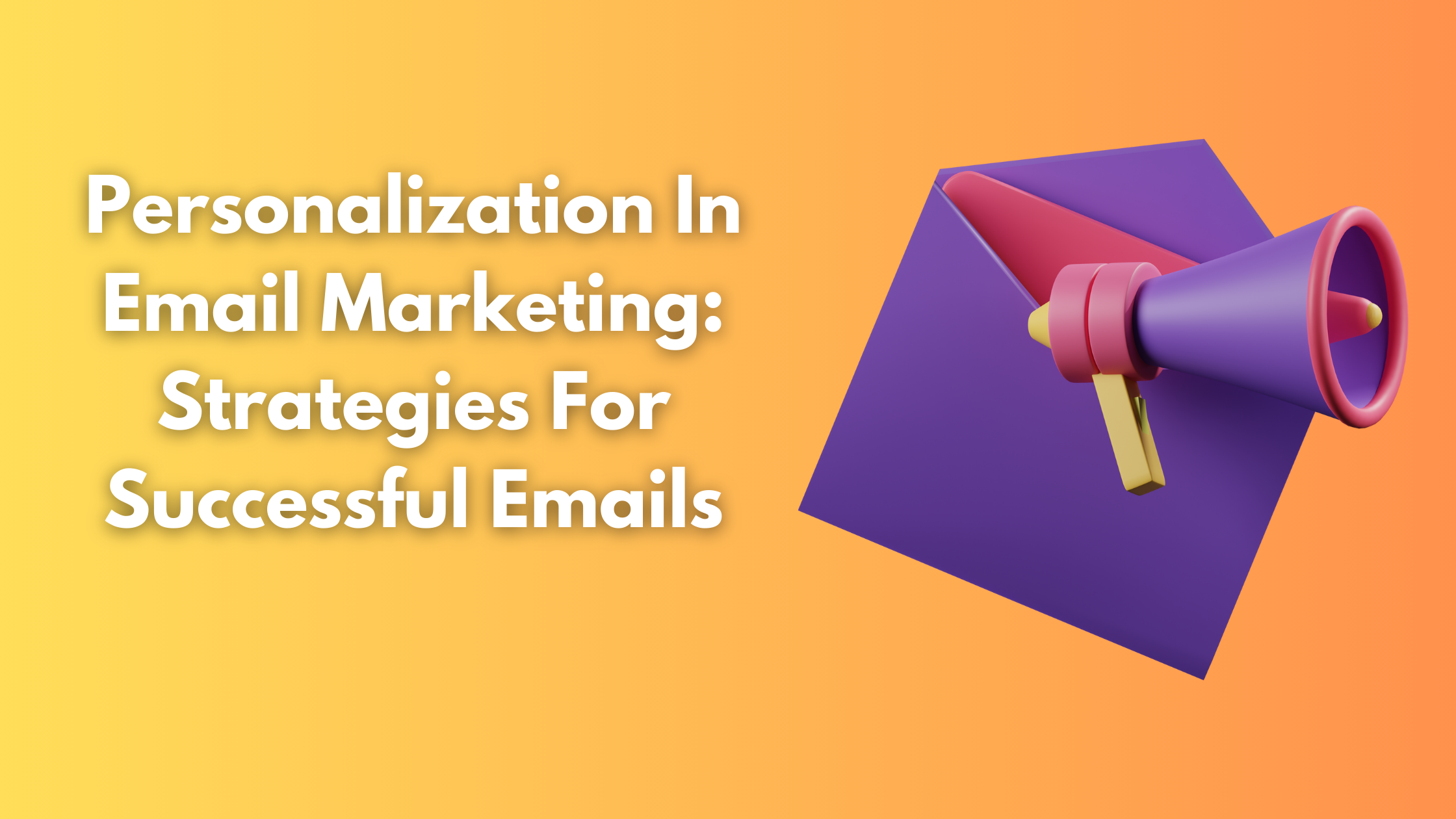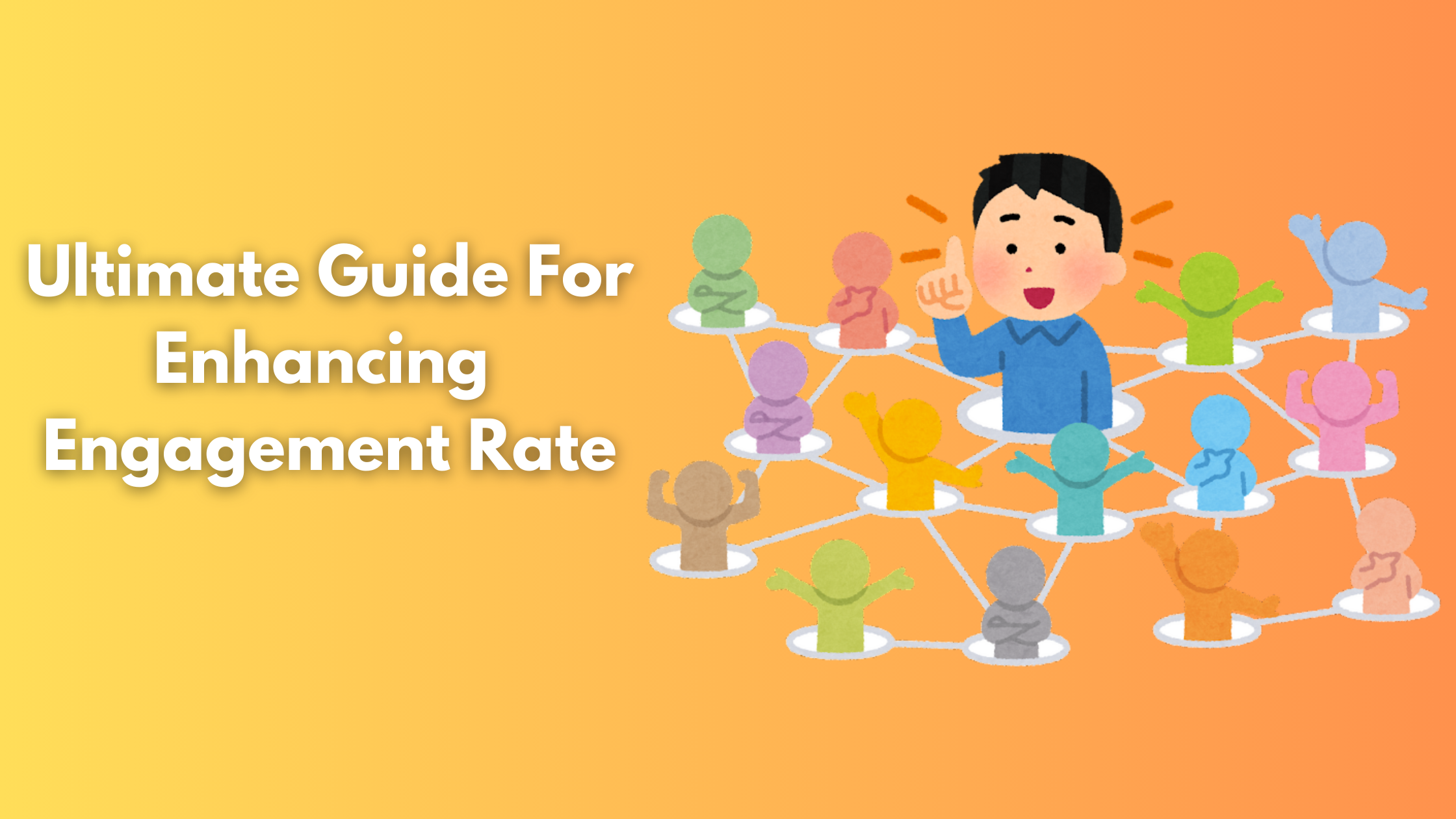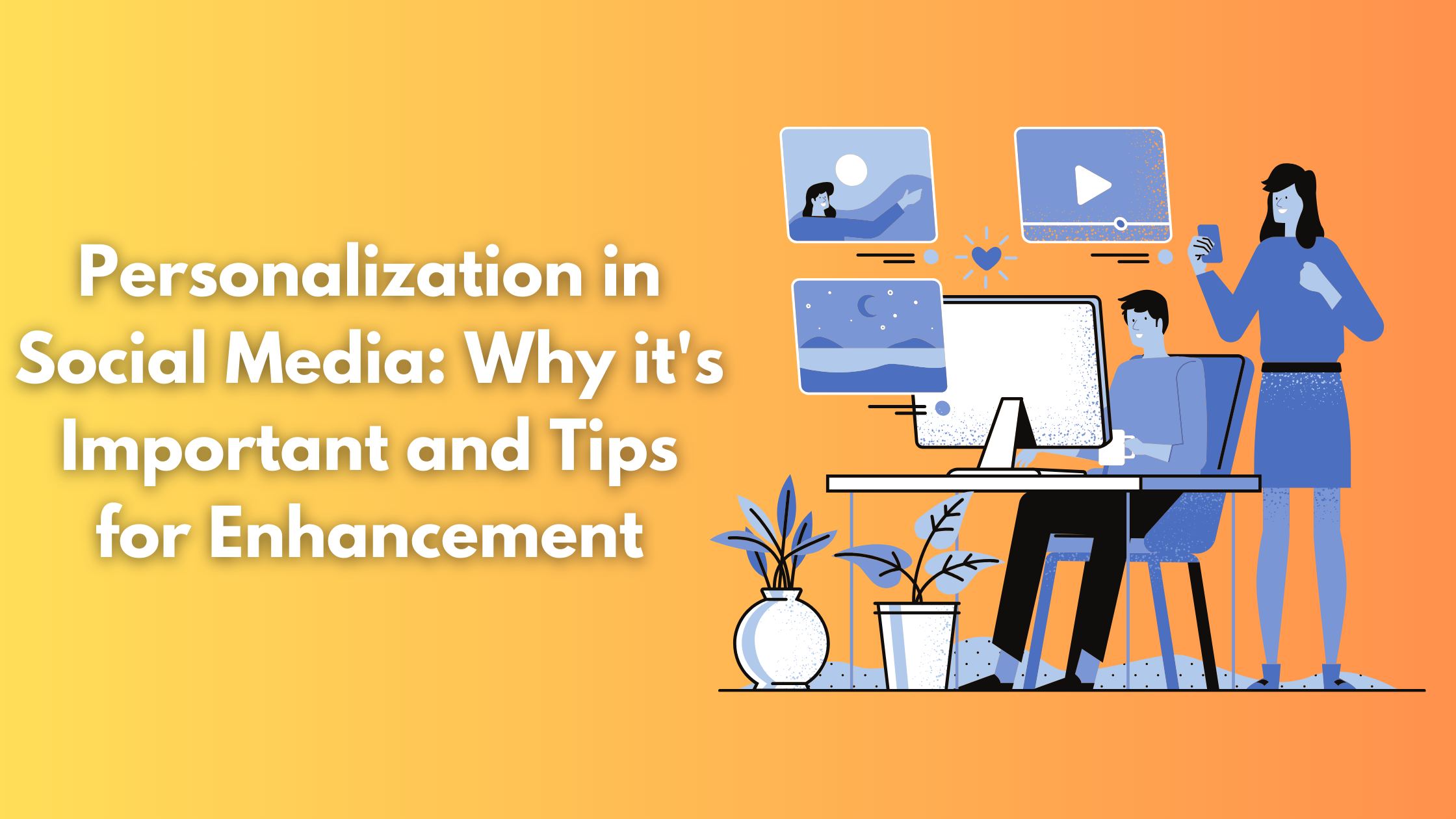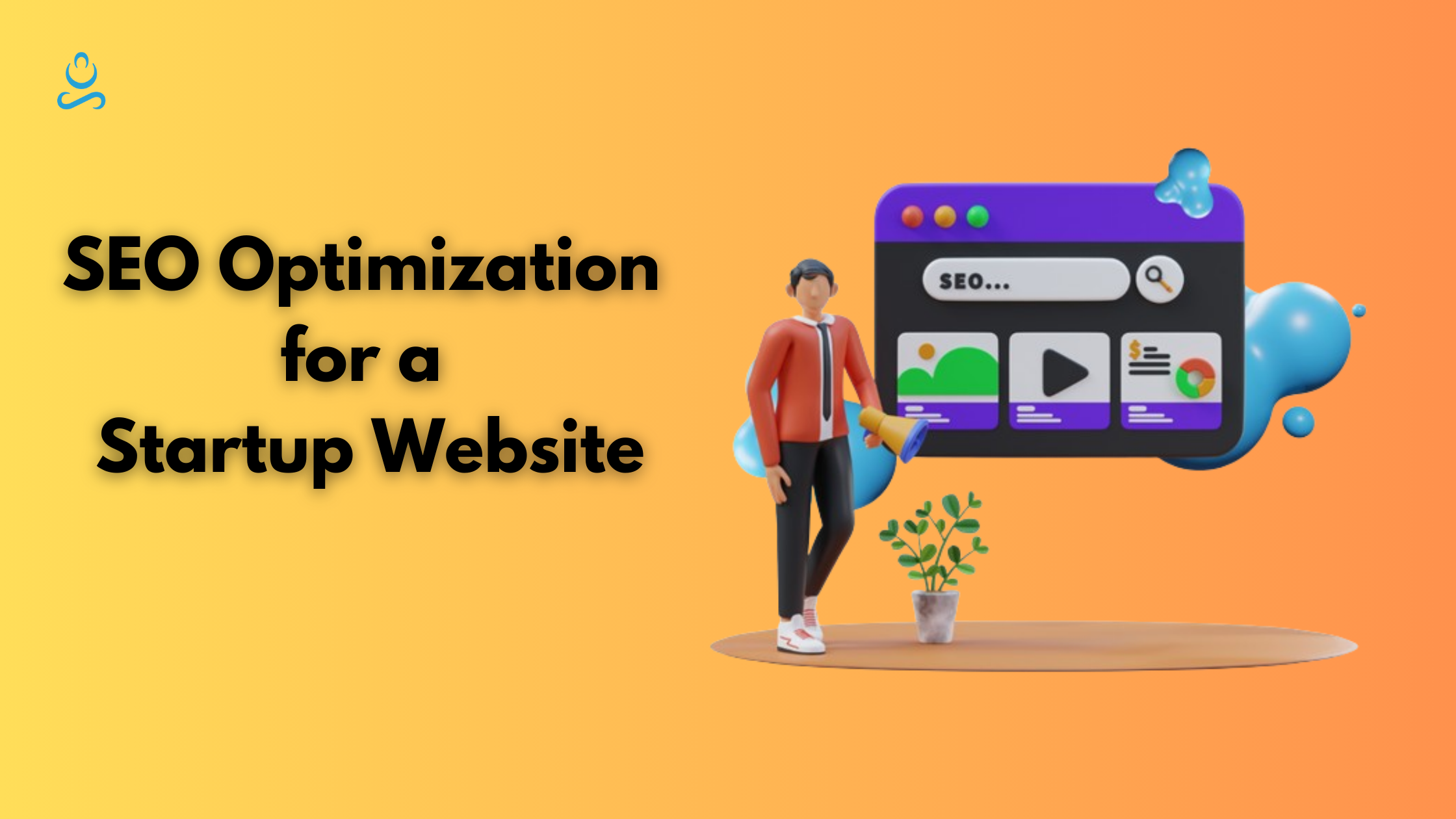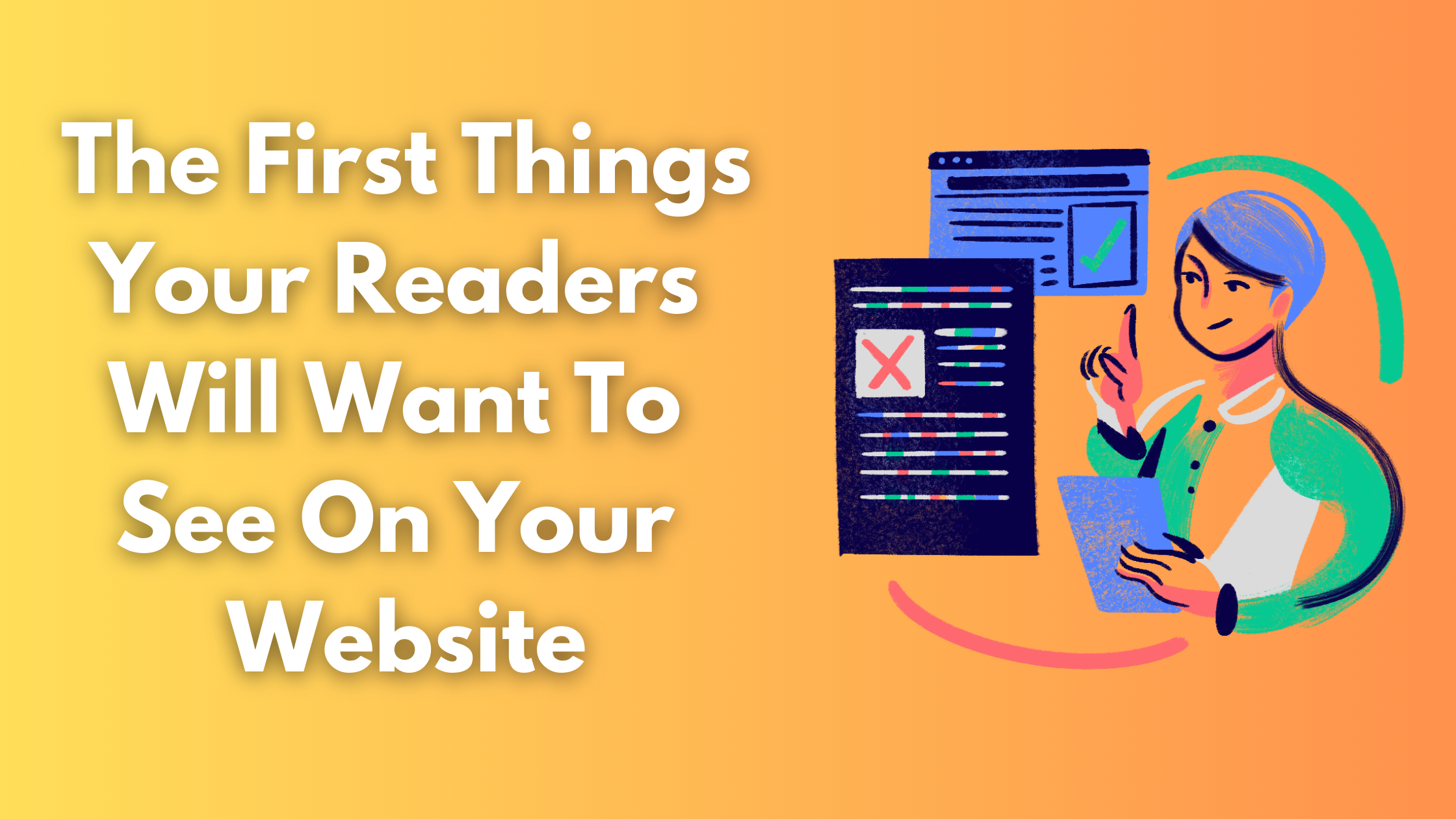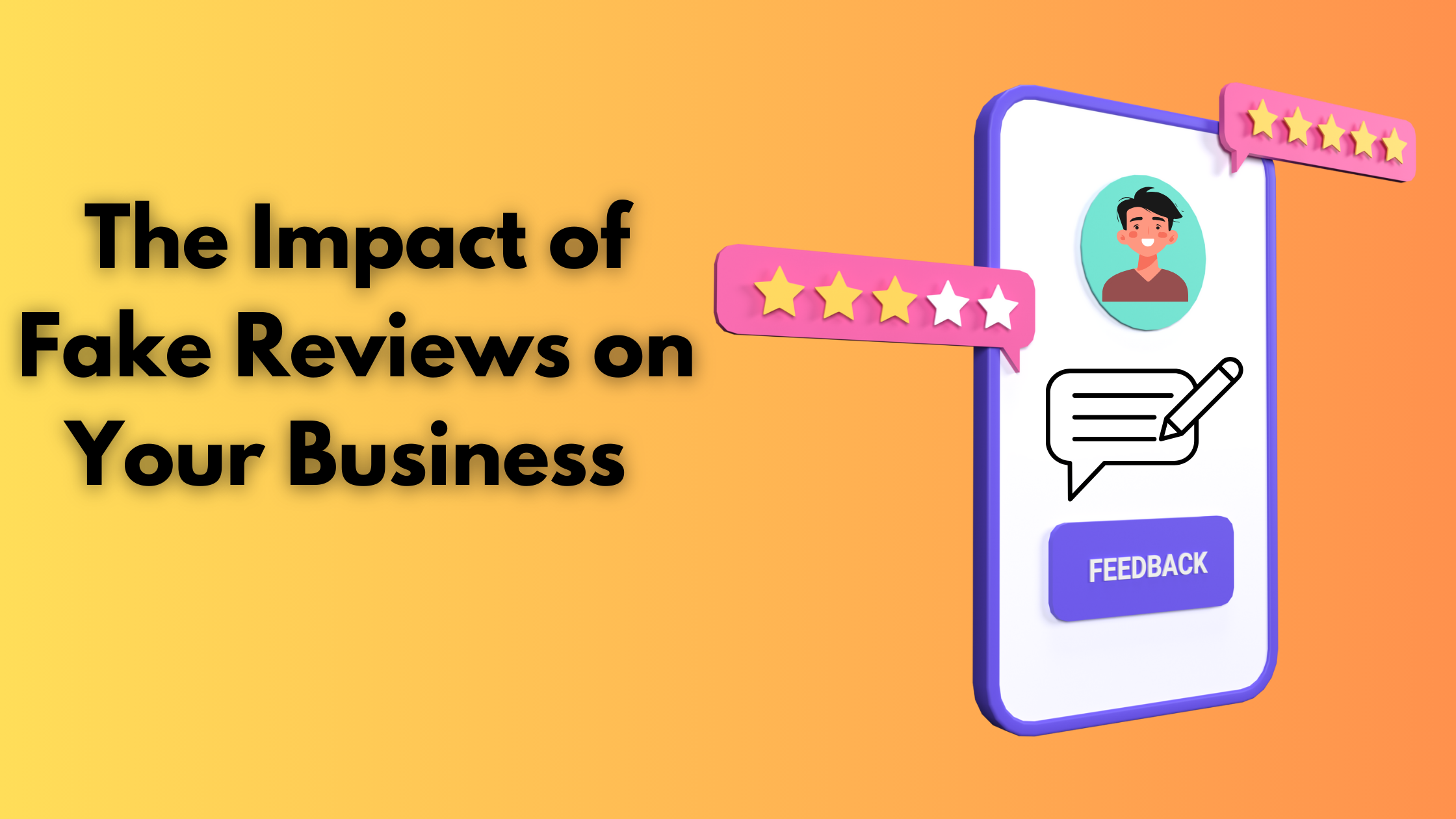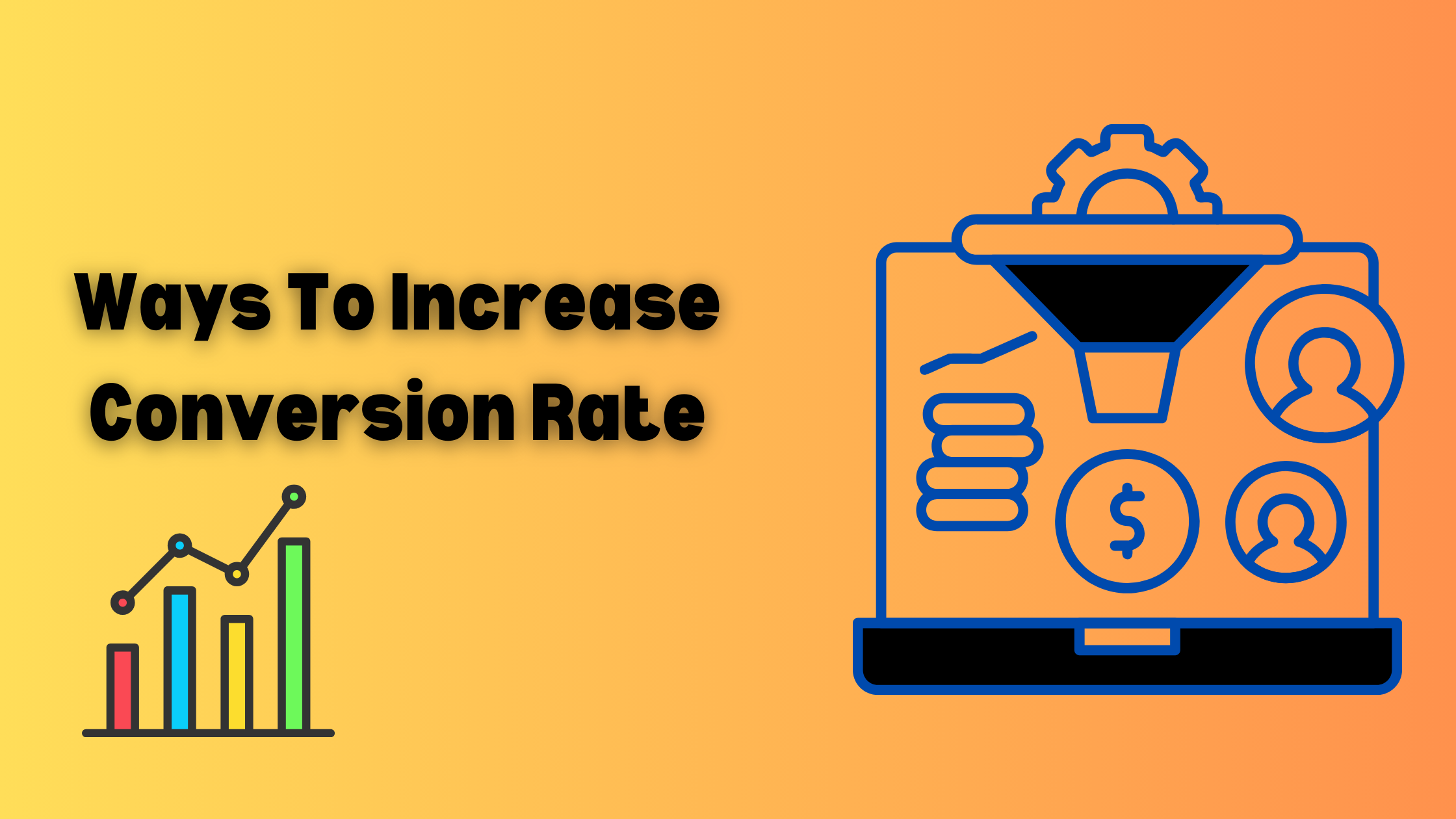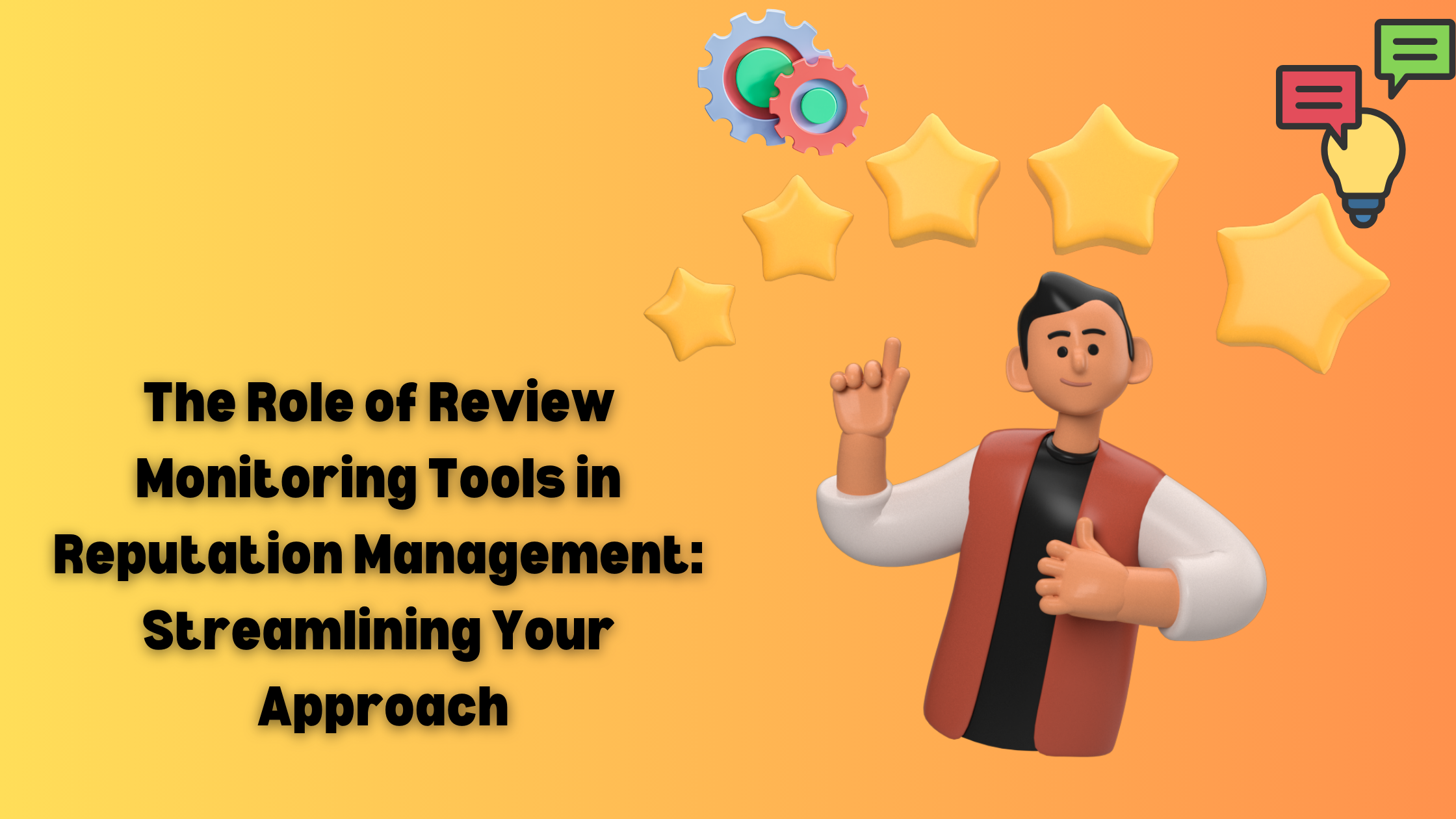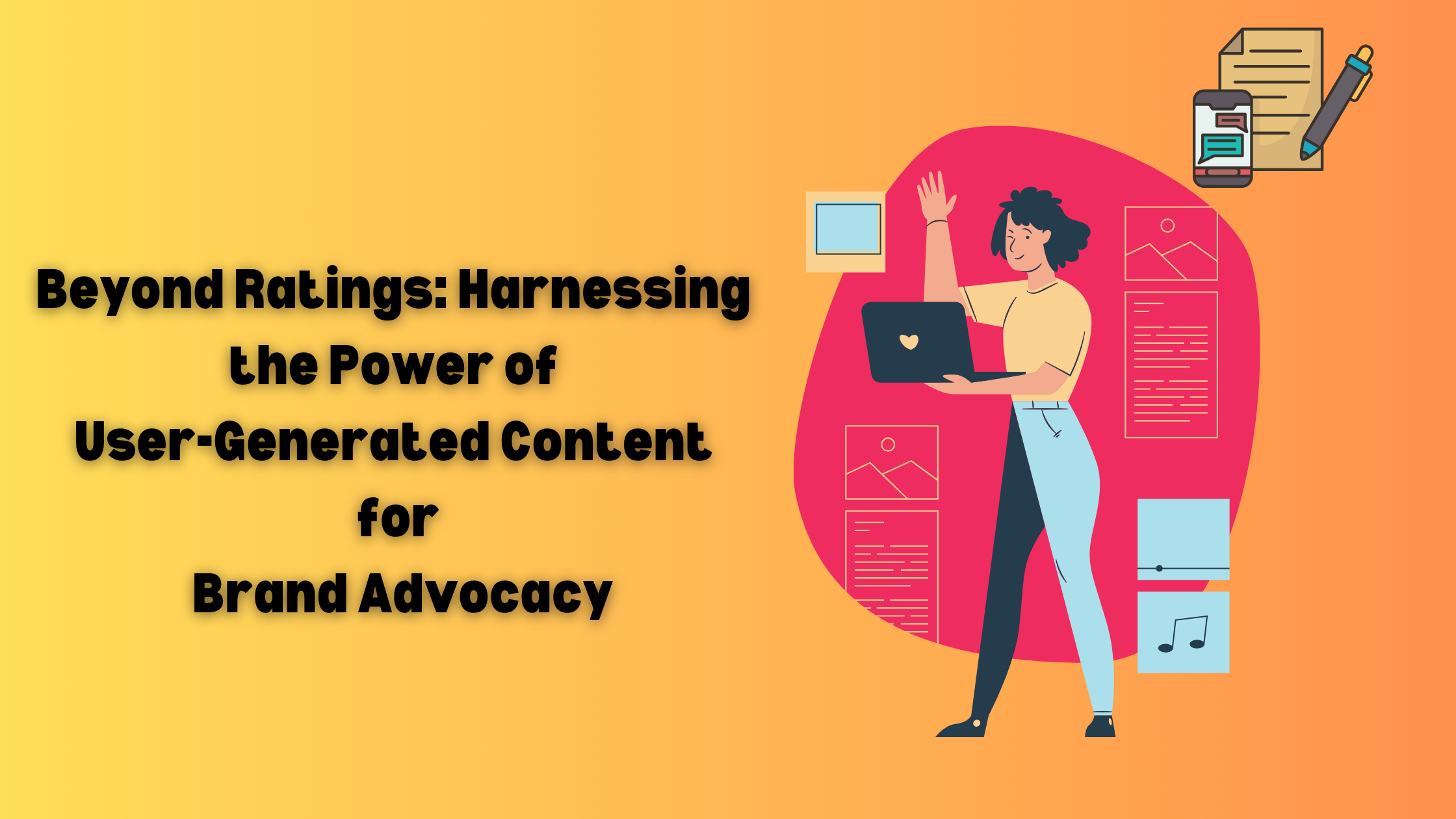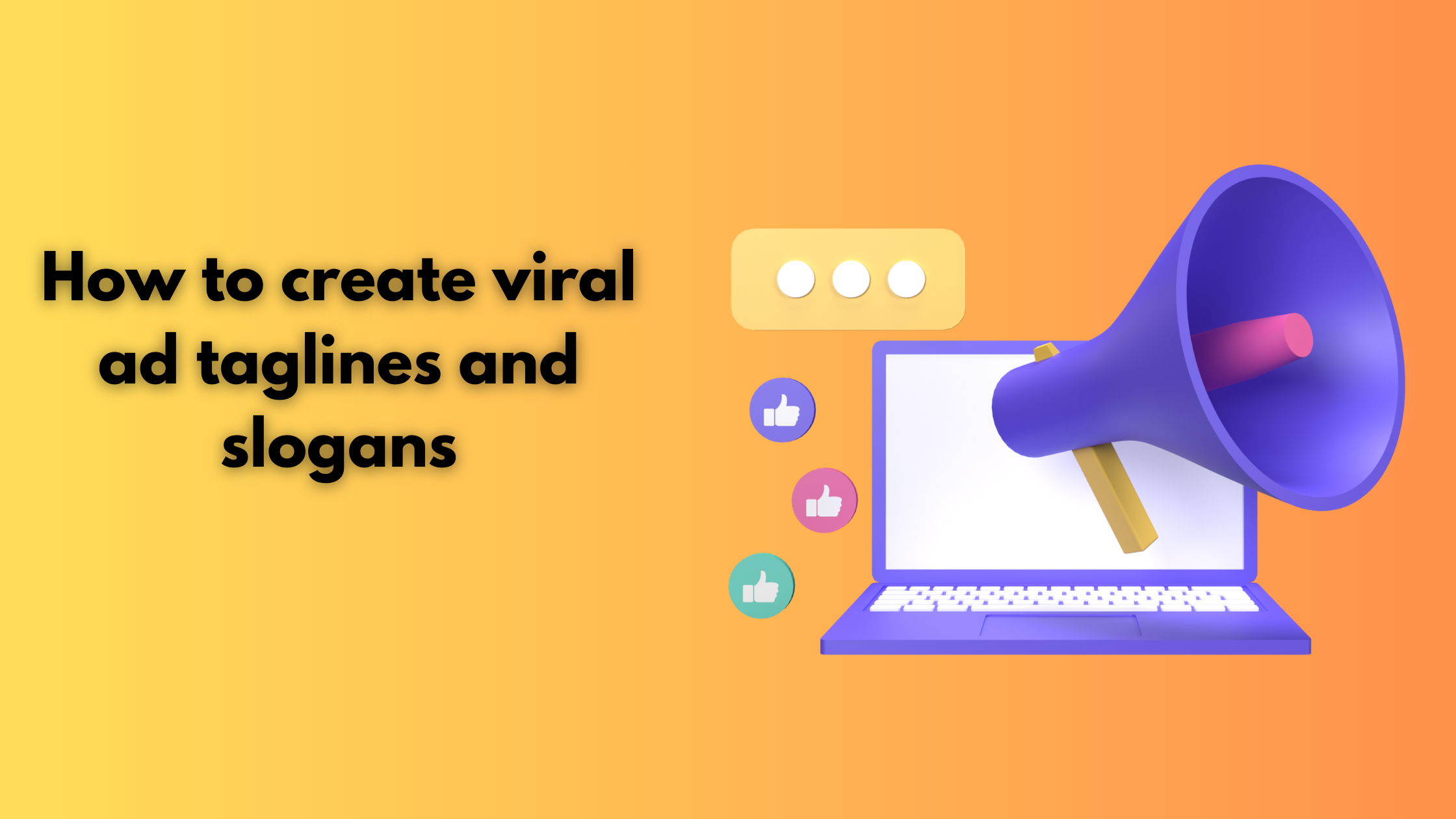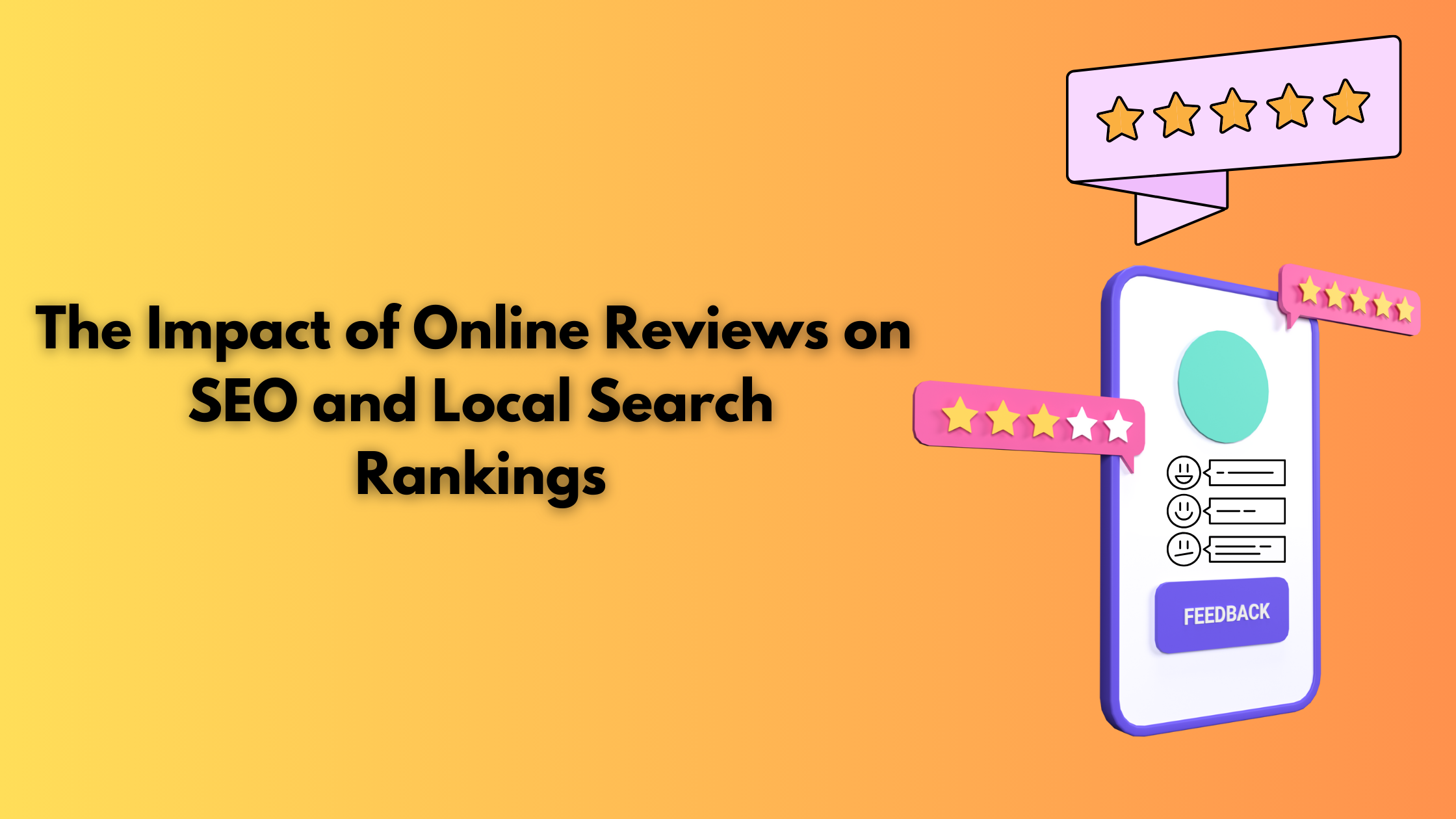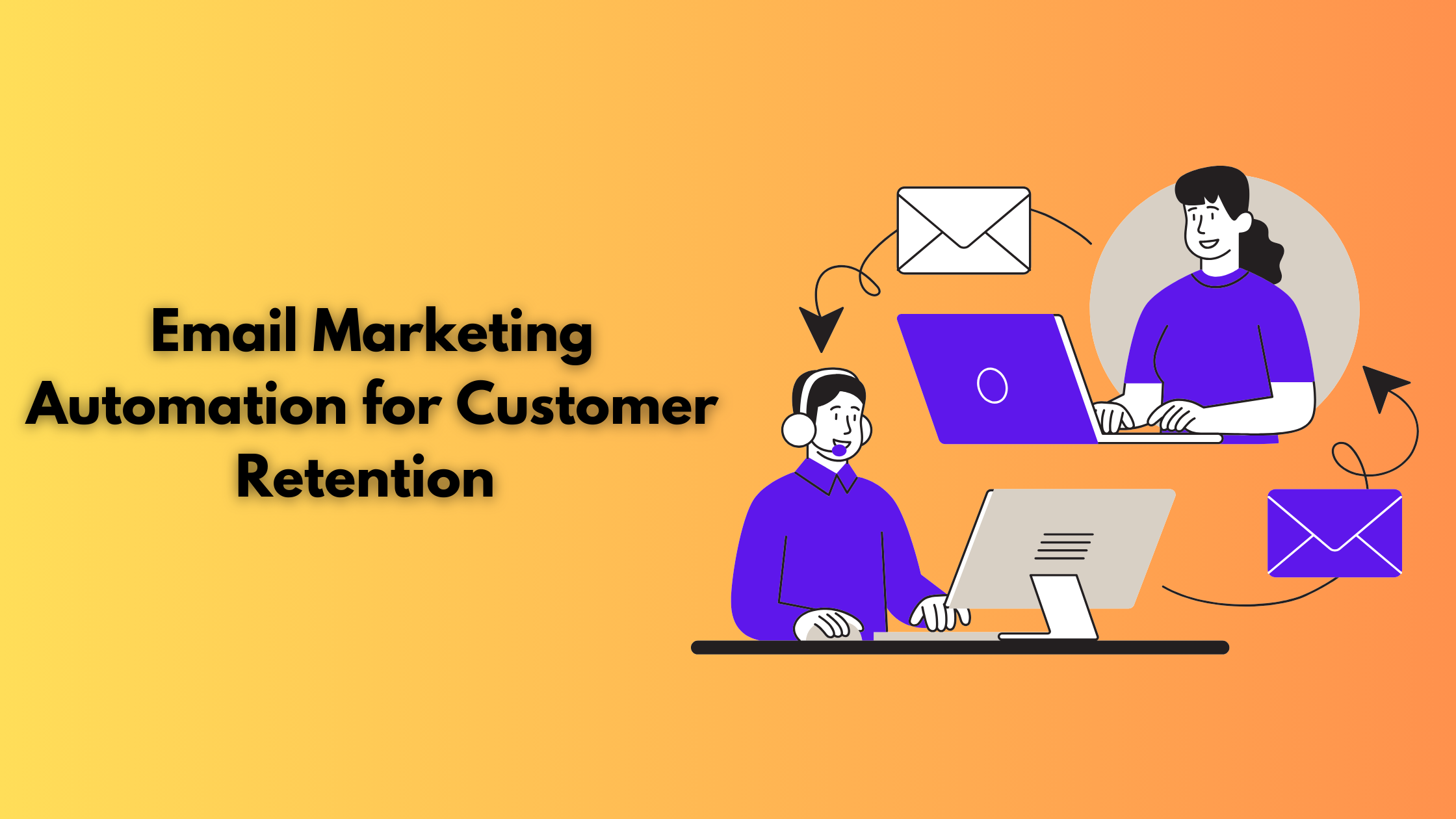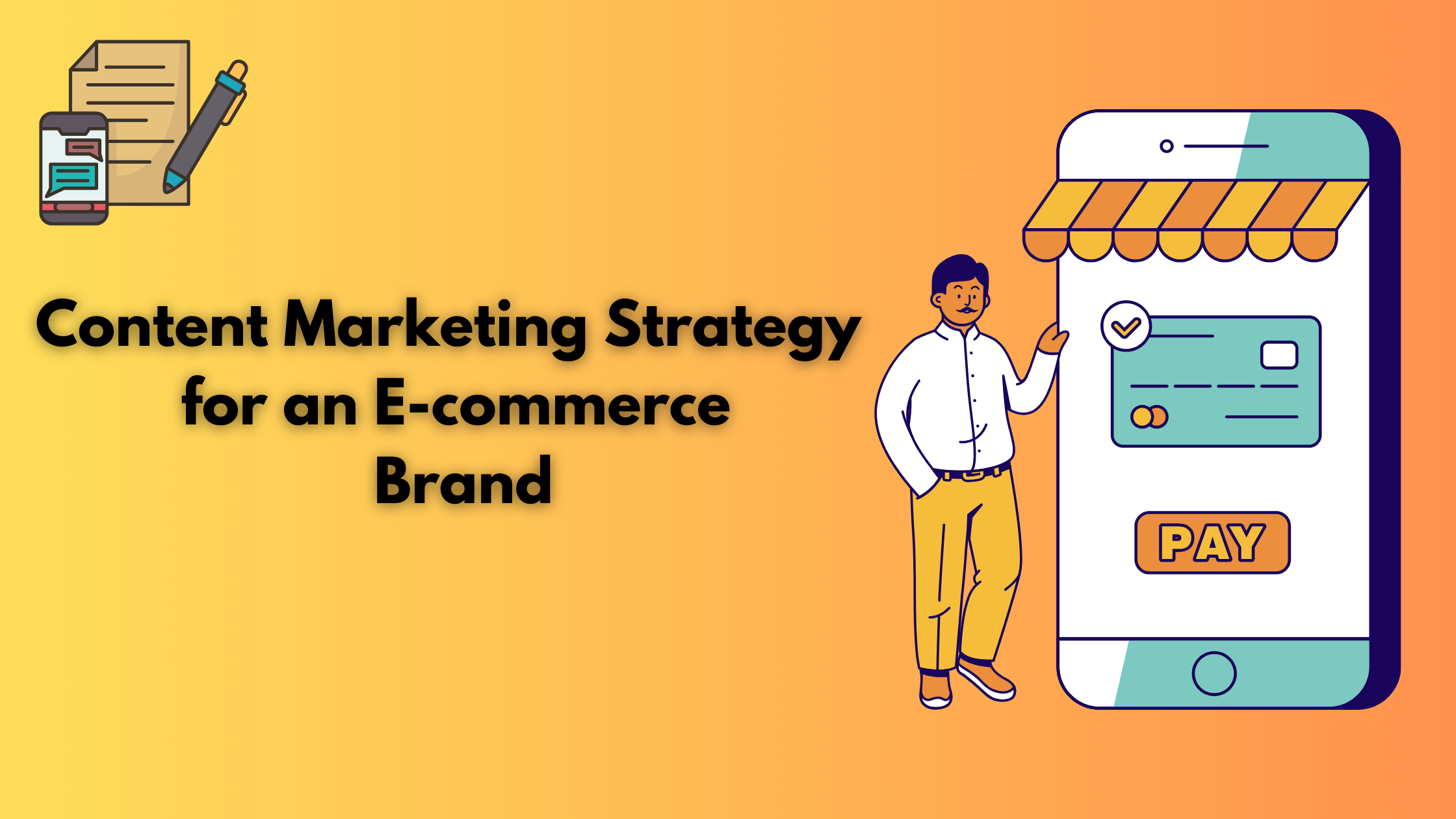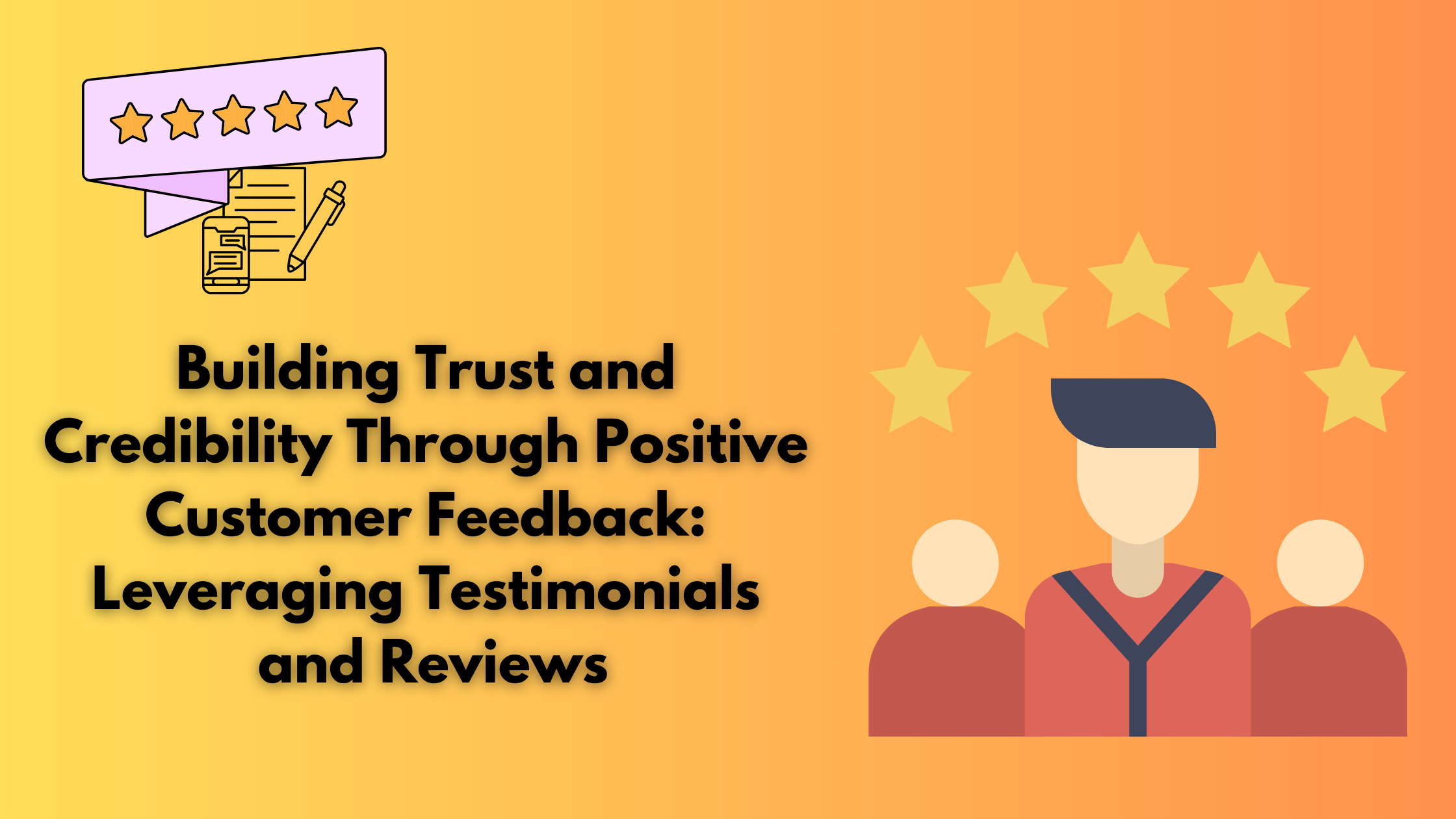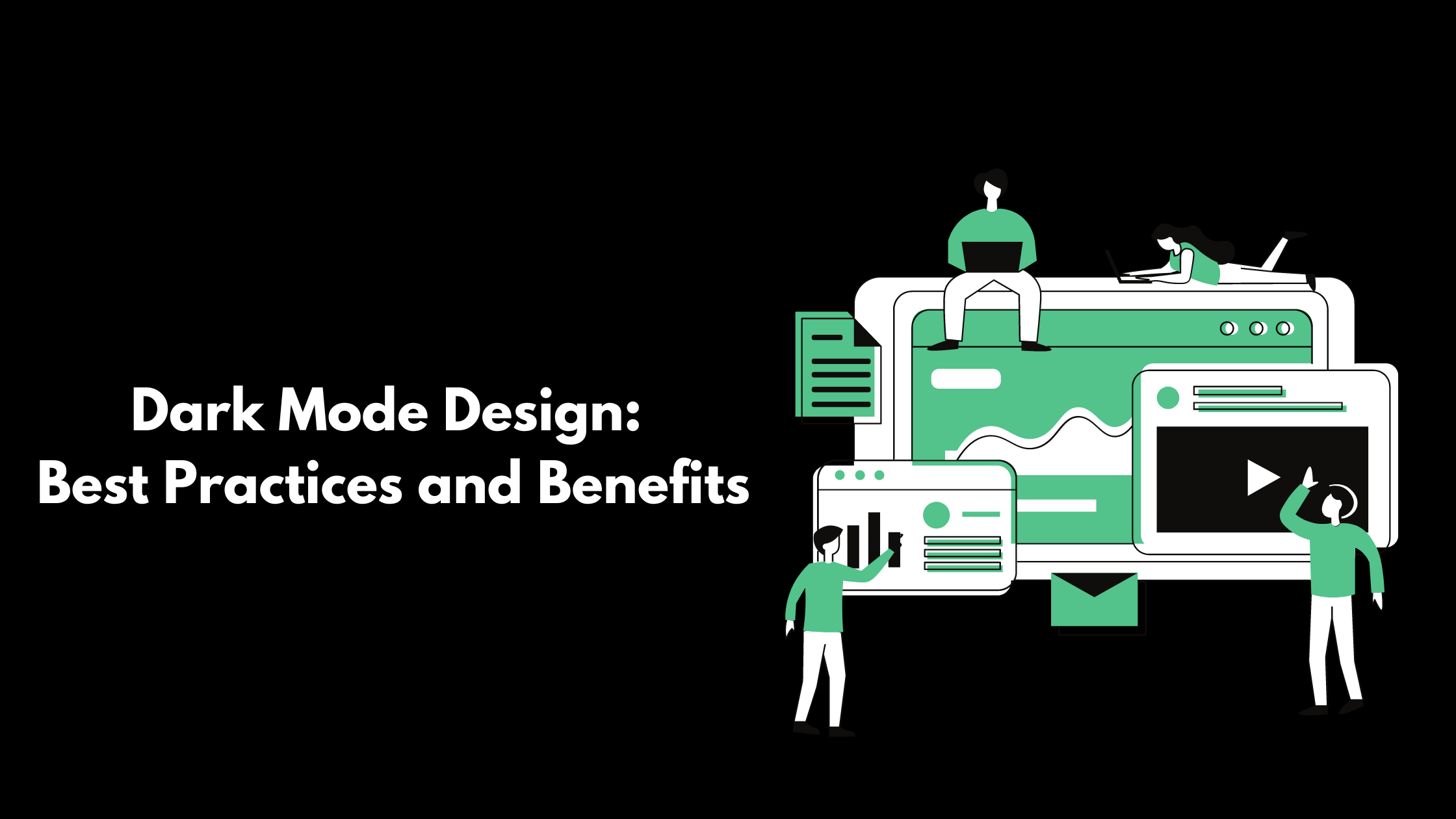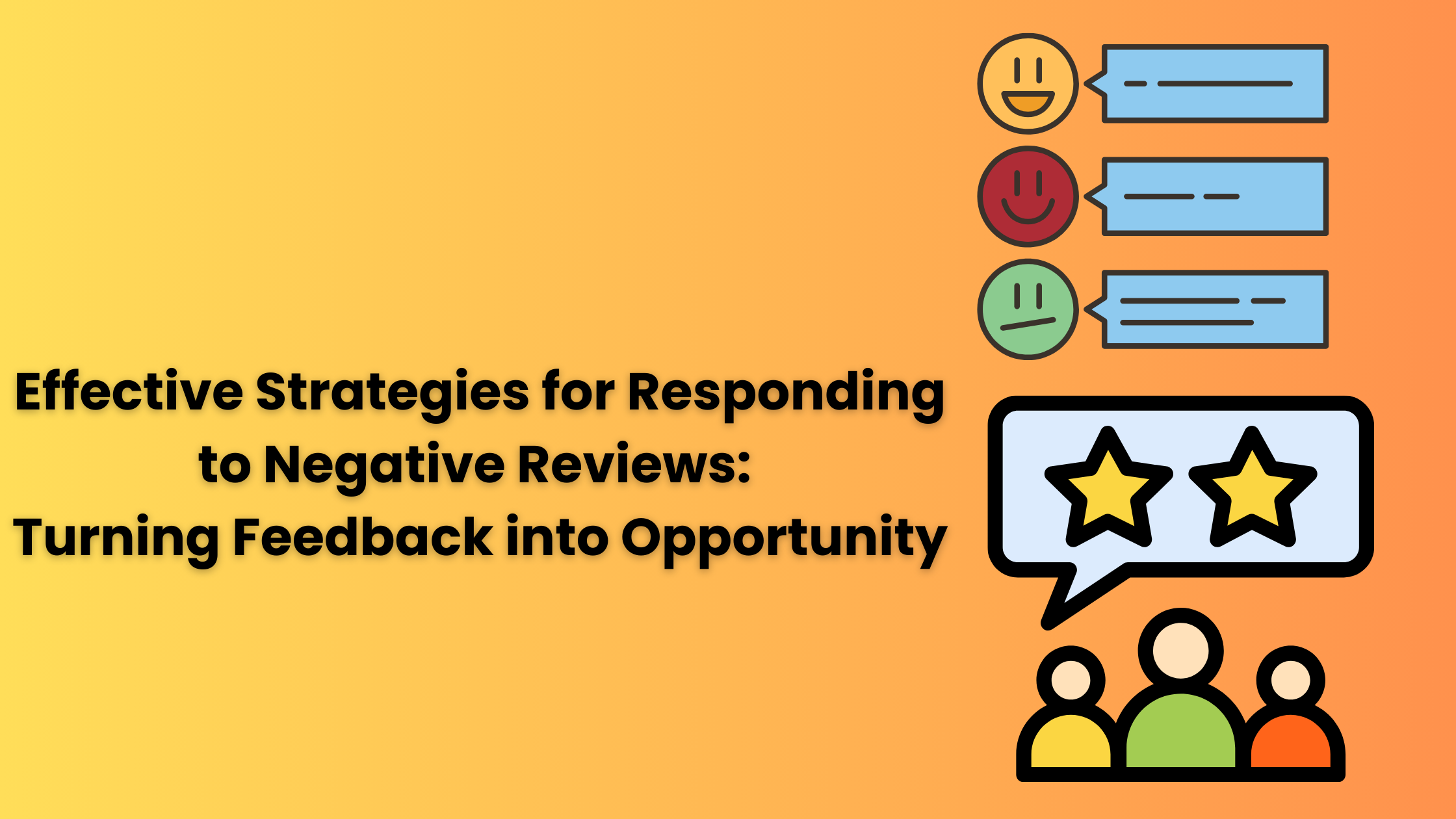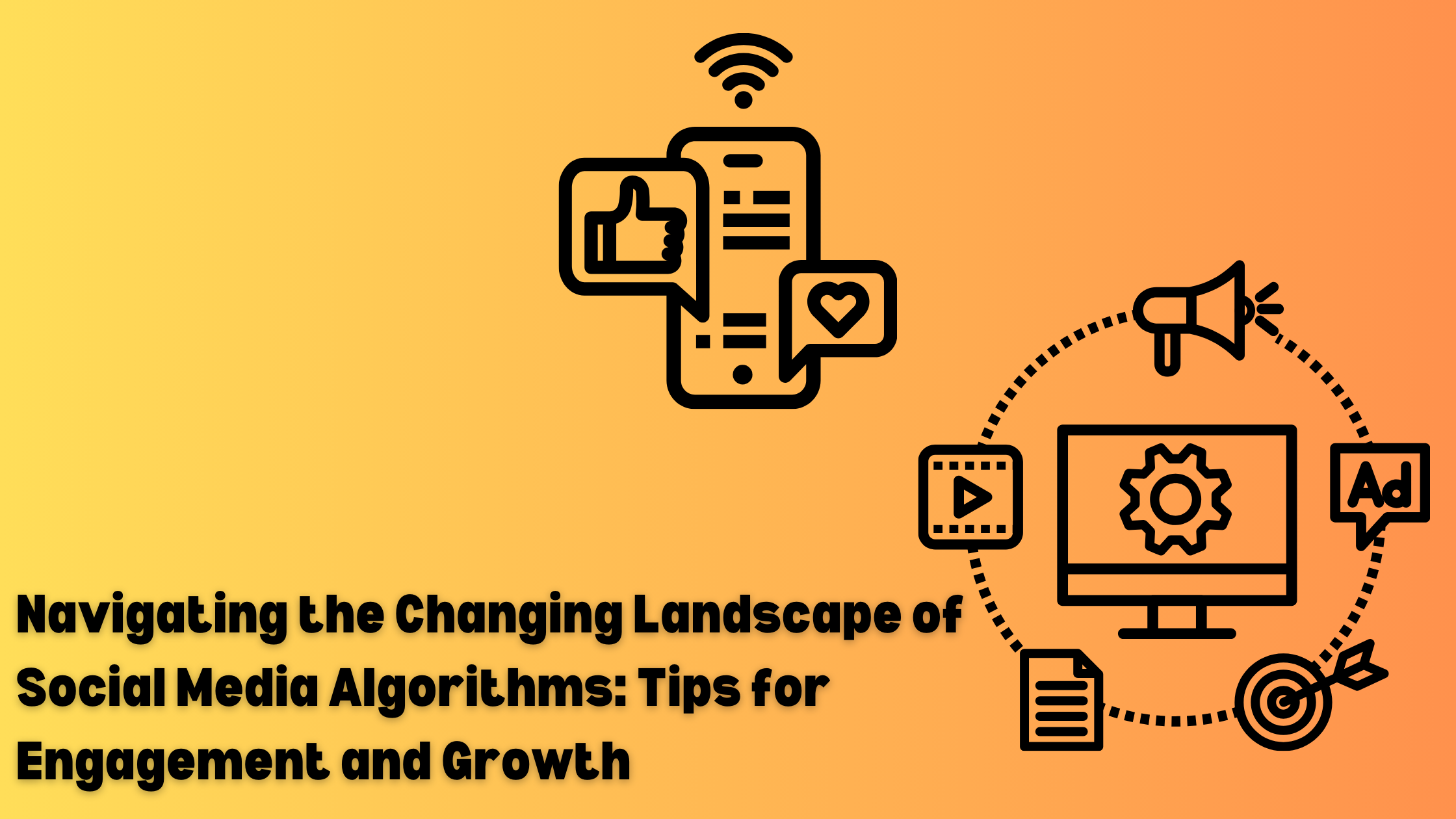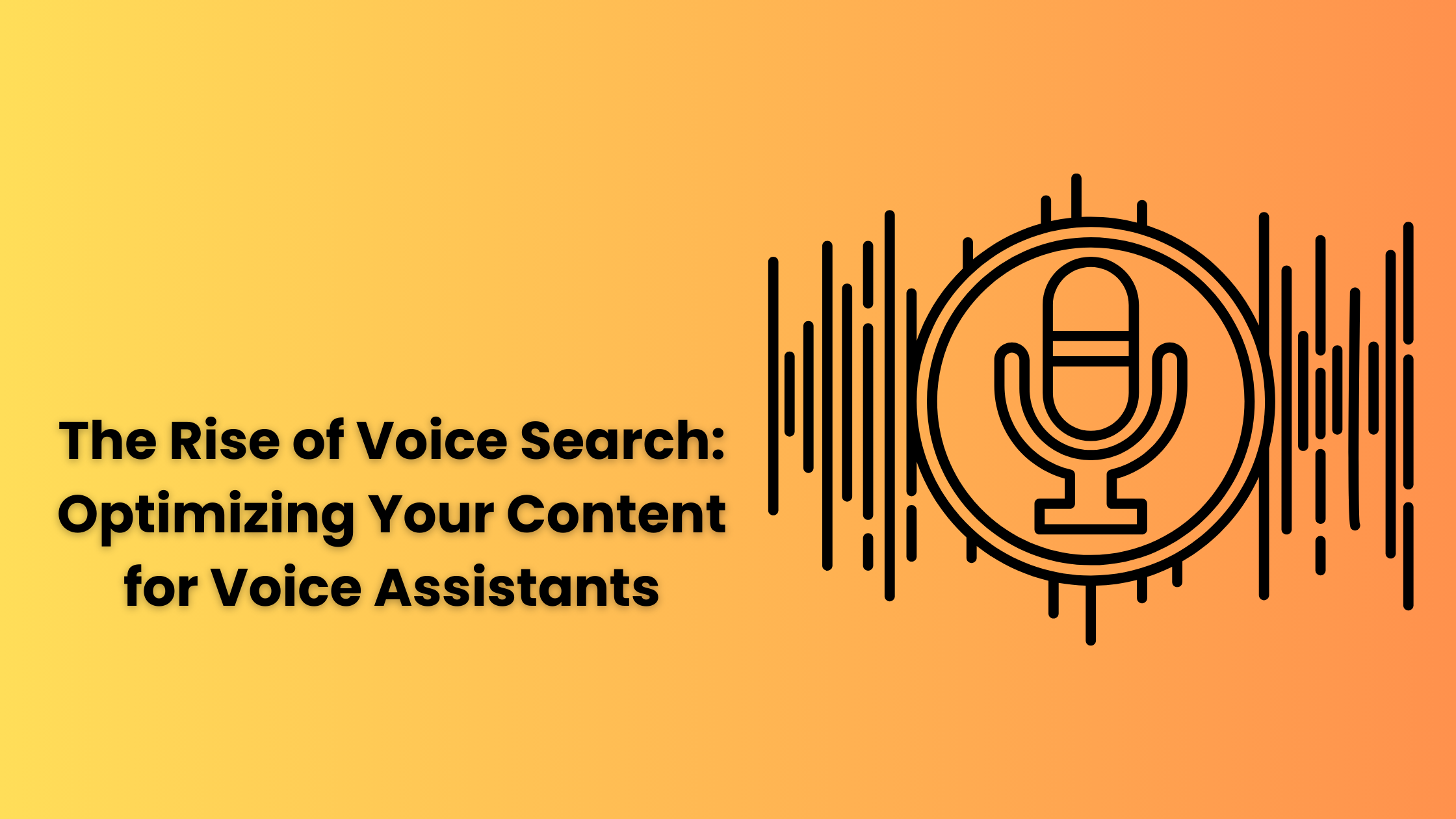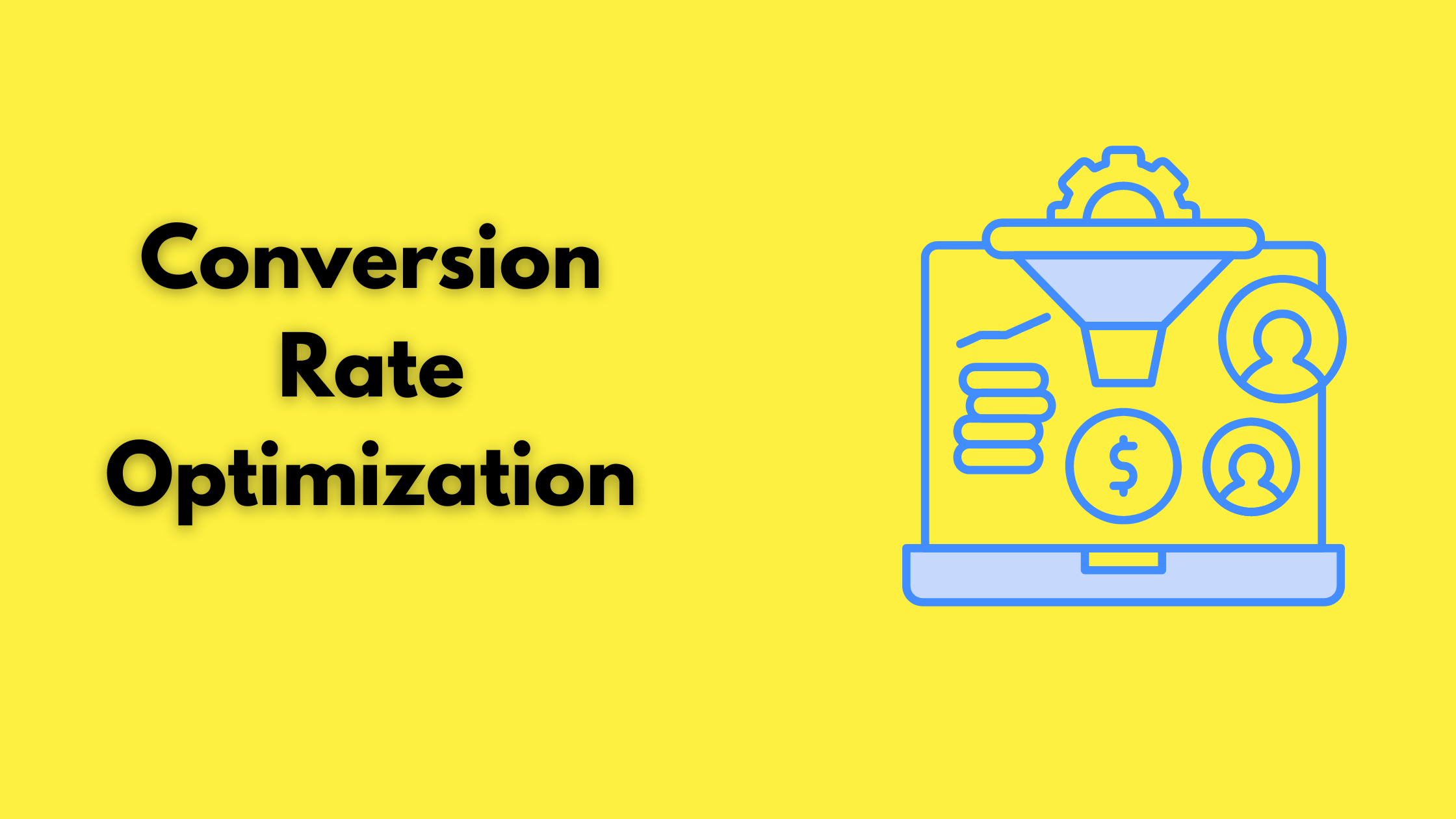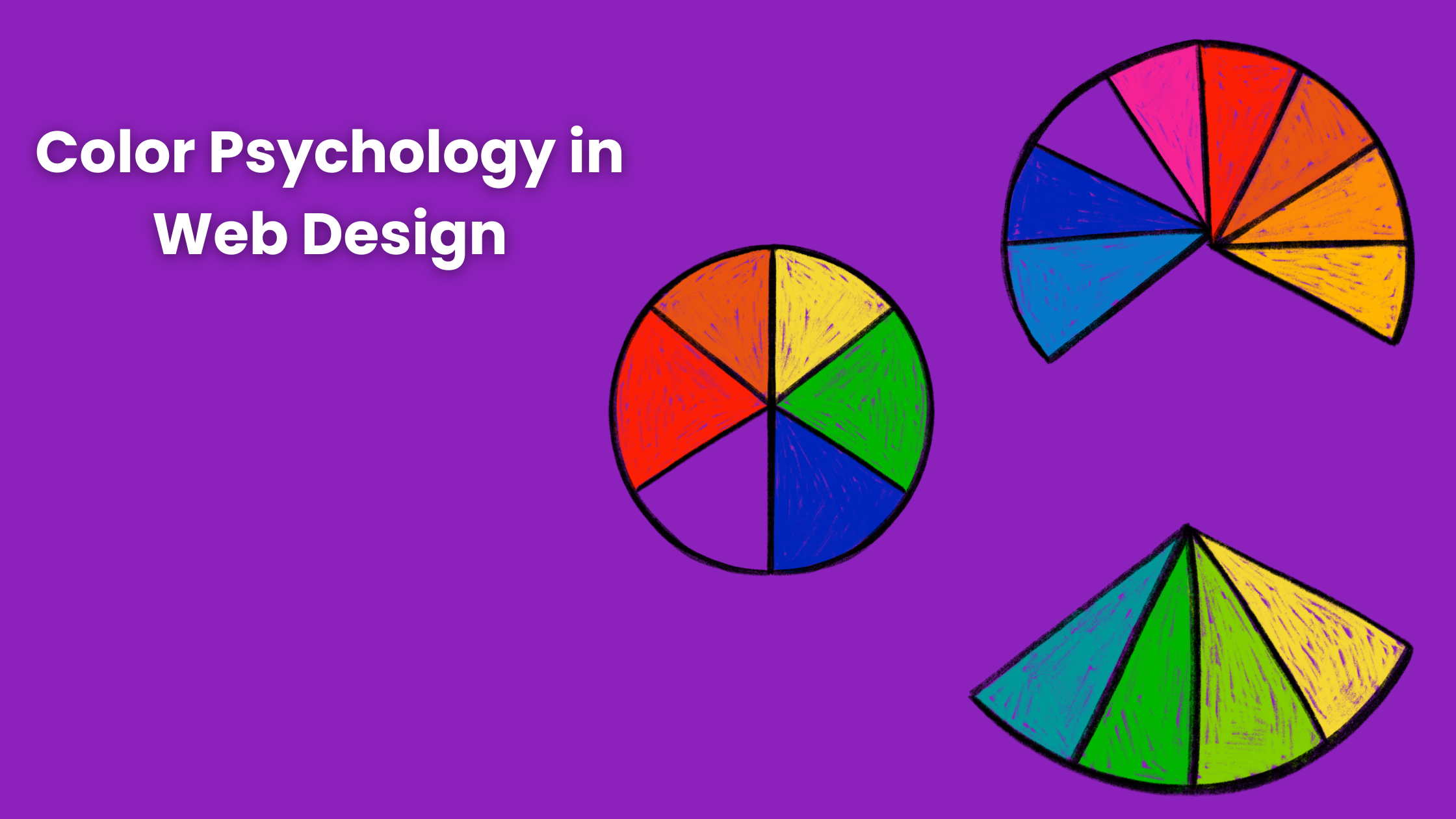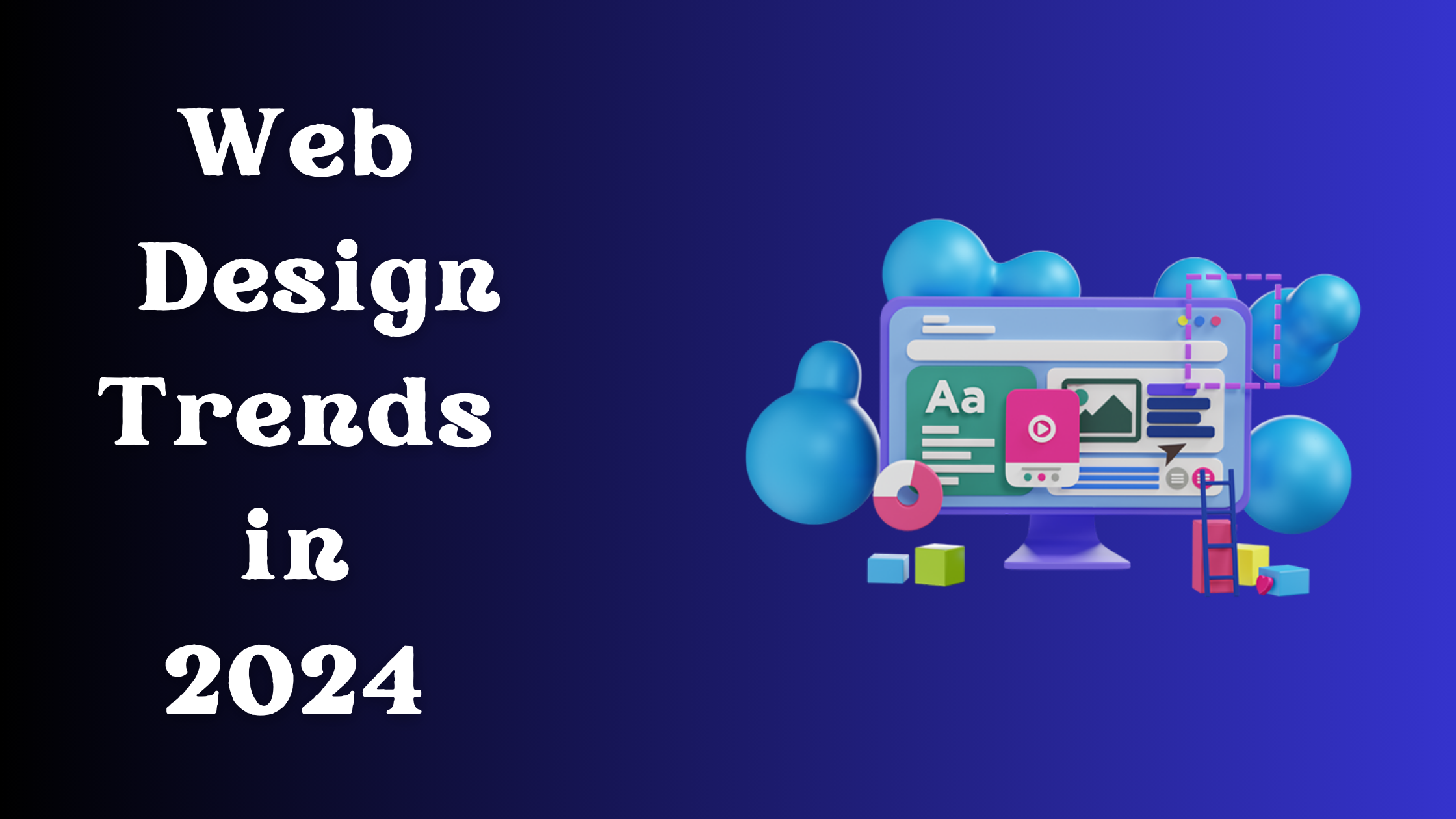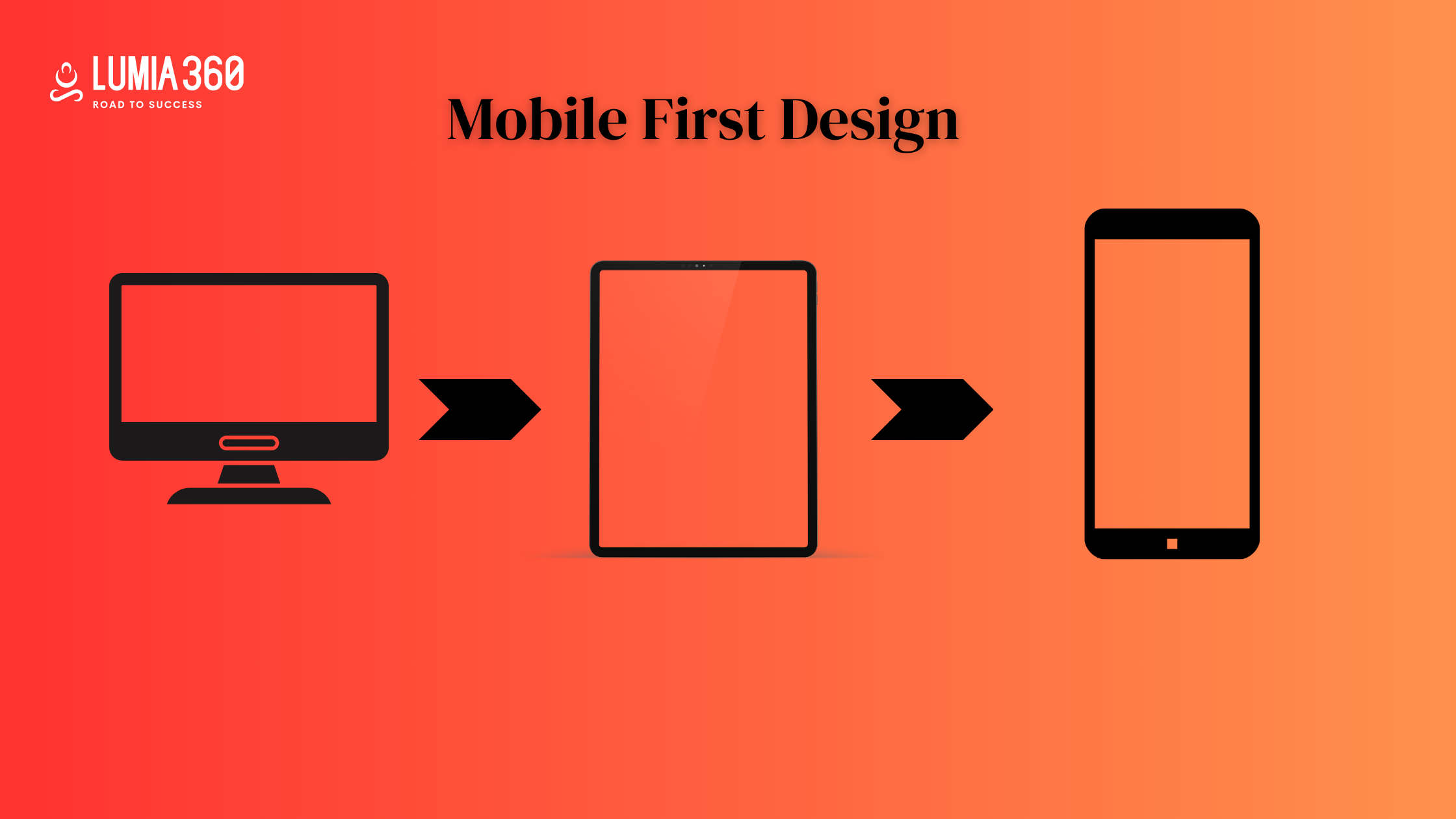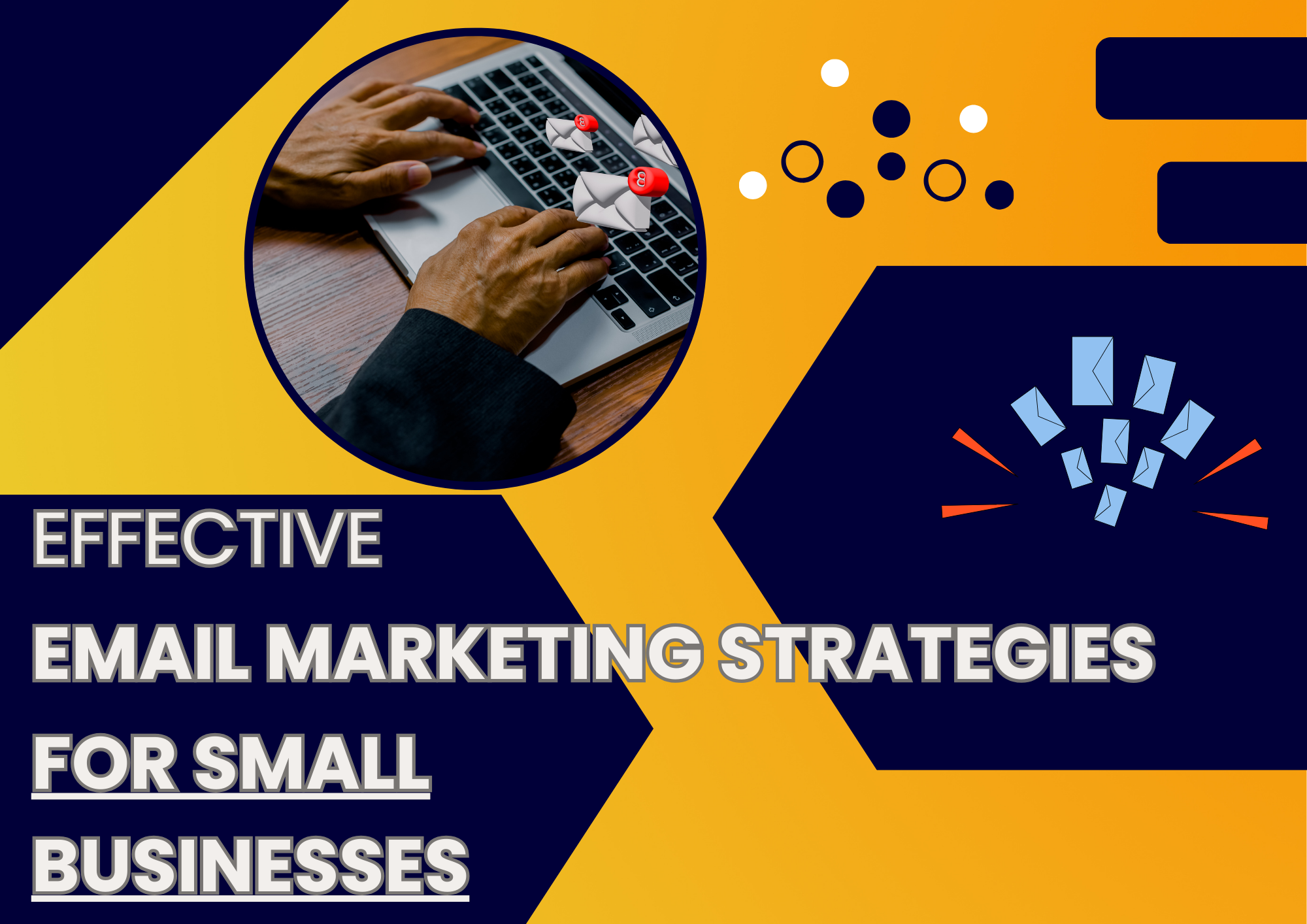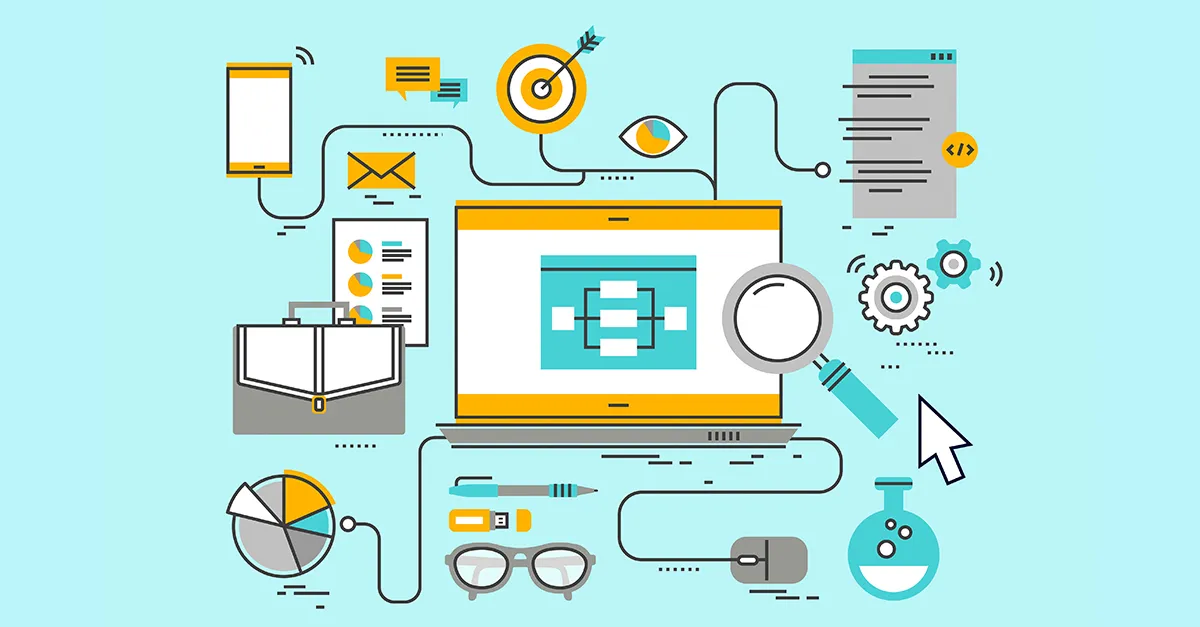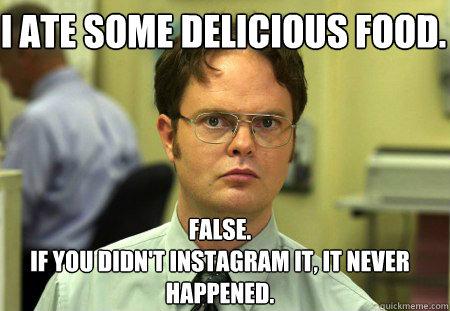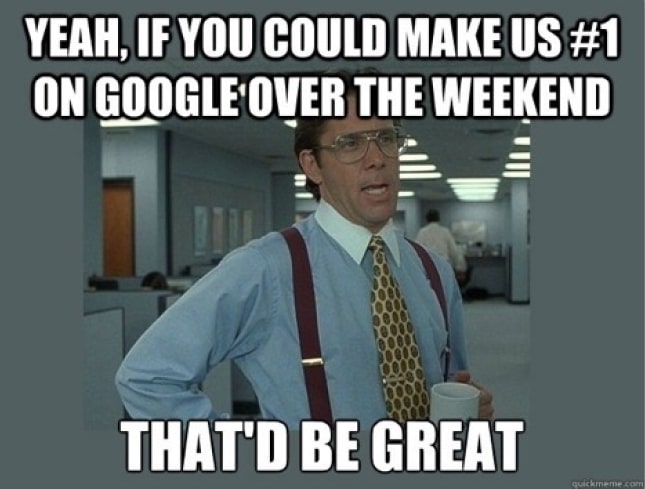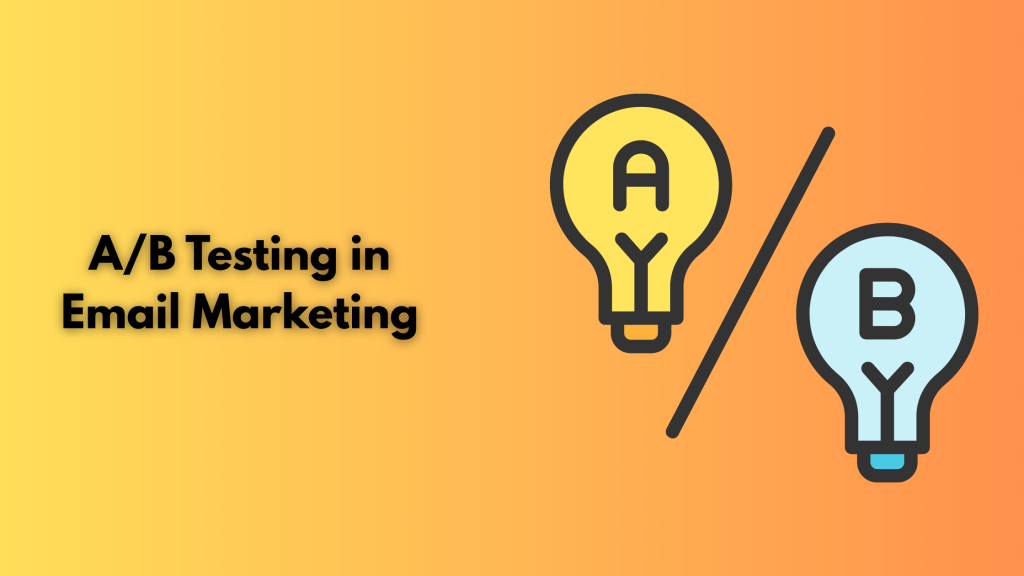
Comparing two different user experiences to make an informed decision is very important for A/B Testing. Whether it’s a landing page, mobile app experience, email marketing, or A/B testing, provide the necessary data to move beyond and make decisions that can resonate with customers and boost business goals. Email marketing remains the highest ROI digital marketing channel in 2025, generating $36-42 for every dollar spent, but its success depends on continuous improvement.
Despite this, 39% of brands don’t test their segmented emails. Modern experimentation has moved beyond the color of a button, etc, to using it as a strategic approach to improve performance, continuous, sustainable business growth, and a much deeper customer understanding. 39% of businesses use A/B tests on email subject lines, 37% on content, 36% on data and time, 23% on preheaders.
In this article, we’ll learn what email A/B testing is, examples of a/b testing, and some of the best practices of a/b testing.
What is email A/B testing?
A/B Testing is an experiment in which marketers split their audience and create multiple versions of a particular element in a campaign to check the effectiveness of that element. It eventually helps in understanding which element works best. In email marketing, you can a/b test subject line, preheader, timing, content, image, call to action, etc.
Email A/B testing is a marketing strategy where you send two different versions of a campaign to the audience. The “A” version is sent to a certain segment of an audience, and “B” is sent to another. It can be anything from preheader to body copy to images, etc. Email A/B testing can help you optimize your campaign. Testing two variations of a campaign will help you understand which version is more appreciated by your target audience.
Email A/B testing includes binary responses, such as clear and two-option actions that a user can take. These include things like clicking or not clicking a link. Emails are perfect for conducting A/B tests. You can A/B test two subject lines to see which one gets a higher open rate, testing two versions of preheaders can help in understanding which one grabs the user’s attention more effectively, testing two CTA can help in understanding which one leads to more conversions, etc.
Challenges of A/B Testing?

Email A/B Testing has its own set of challenges. One major obstacle is to check whether your testing aligns with your campaign objectives. You must evaluate the effectiveness of metrics that reflect success. You must decide on how you want to implement, execute, and analyze your strategy. Try to understand the reason behind the failure of your campaign or the underperformance of any element.
Ensuring an ideal sample size is also a challenge. Without it, your results may not represent the interests of a broader audience. If the data is inaccurate, you might misinterpret the result.
The success of your A/B testing doesn’t depend on a single factor; it depends on the interplay of all elements, such as design, layout, content, etc. Taking a holistic approach or view is important while making a decision.
Best Practices of email A/B testing

Using A/B testing gives you a fair chance at accurately making a decision and choosing the best version for the success of your campaign. Here are some of the best practices of A/B Testing
- Goals: Testing without having a specific goal is just a waste of time and pointless. Decide why you want to use split testing, such as to increase open rate, increase click-through rate, pricing model, etc., and then decide what changes may get you the desired results.
- Frequently Sent Email: When you start conducting A/B tests, you may get carried away and want to test all your email campaigns at the same time. However, focus on the emails you are sending most frequently.
- Split List Randomly: Select a small and randomized portion of your target audience to test for the most optimized email version before sending the campaign to the rest of your contact list. To get the best results, make sure you select the same sample size.
- One Element: To identify which element works best, focus on one element at a time and leave all other variables the same. For example, create a few different CTA colors but do not change anything else. This helps in understanding whether the rise in CTA is due to a color change. If color and text are tested at the same time, how will you know what impacted the change?
- Time: Study the engagement data of the last campaign to understand how long it takes for the audience to engage with you. You can use that cutoff to decide how long to let your split testing run before sending it out to the rest of the subscribers. It gives you enough time to gather enough data to make changes to your email.
- Result: Make sure you have a large sample size. You want enough data to back your hypothesis before running the final campaign. Many Email Service Providers (ESPs) monitor it for you and limit testing if your sample size isn’t big enough. If you can’t set up a percentage winner, try running a 50/50 split test over a single campaign. To see which version worked best and apply those changes to future campaigns.
It is important to a/b test all your elements for creating an effective email and achieving a high open rate. An increase in conversion rate is the result of a combination of multiple marketing campaigns, like retargeting via push notification, other than emails. Lumia 360 offers smart and unique solutions to boost your business online and to get more leads and revenue. Our innovative strategies have improved the lead generation and search engine result page ranking of our small and medium enterprise (SME) clients. To know more, email info@lumia360.com or call 514-668-5599.
Read Also: Social Media for Small Businesses



